No mundo em constante evolução da tecnologia de fibra óptica, a escolha do tipo certo de fibra é crucial para garantir o desempenho ideal da rede. Dois padrões populares que geralmente são levados em consideração são G657A2 e G652D. Este artigo se aprofundará nas características e aplicações e oferecerá uma comparação detalhada para ajudá-lo a tomar uma decisão informada sobre suas necessidades de rede.
Sumário
- G657A2 Fibra: The Bend - Maravilha Insensível
- Fibra G652D: O padrão para redes gerais e de longa distância
- Uma comparação lado a lado
- Recomendações de compra
- Conclusão
G657A2 Fibra: The Bend - Maravilha Insensível
Desempenho excepcional de flexão
O G657A2 é conhecido por seu excelente desempenho de curvatura. Ele pode tolerar raios de curvatura extremamente estreitos, com um raio de curvatura mínimo de apenas 7,5 mm. Isso o torna a escolha ideal para aplicações em que o espaço é escasso, como em instalações de fibra até a residência (FTTH), data centers e na fiação de edifícios. Nesses ambientes, os cabos geralmente precisam contornar obstáculos, passar por conduítes estreitos ou em espaços confinados, e o G657A2 pode fazer isso sem degradação significativa do sinal.
Utilização de banda de comprimento de onda amplo
Essa fibra pode fazer uso total da banda O+S+C+L, que se estende de 1260 a 1625 nm. Essa ampla faixa de comprimento de onda permite que mais canais de dados sejam transmitidos simultaneamente, aumentando a capacidade geral da rede. Seja para conexões de Internet de alta velocidade, streaming de vídeo ou aplicativos com uso intensivo de dados, o G657A2 pode lidar com a carga de forma eficaz.
Baixa dispersão do modo de polarização (PMD)
O G657A2 tem baixo PMD, o que é essencial para transmissões de alta velocidade e longa distância. A PMD pode causar distorção do sinal, pois os diferentes modos de polarização da luz viajam em velocidades ligeiramente diferentes dentro da fibra. Com baixo PMD, o G657A2 garante que o sinal permaneça intacto em longas distâncias, permitindo a transferência confiável de dados em altas taxas de bits.
Aplicações do G657A2
- Fiber - to - the - Home (FTTH): Sua capacidade de se dobrar facilmente o torna perfeito para levar conexões de fibra de alta velocidade diretamente para as residências. Ele pode ser instalado em espaços apertados, como atrás de paredes ou em pequenos armários de utilidades, sem sacrificar o desempenho.
- Centros de dados: Nos data centers, onde o espaço é limitado e o cabeamento de alta densidade é necessário, o G657A2 permite um roteamento de cabos mais eficiente. Ele pode ser dobrado em torno de racks e equipamentos, reduzindo o espaço total da infraestrutura de cabeamento.
- Fiação interna em edifícios: Para redes internas de edifícios, o G657A2 pode ser usado para conectar diferentes andares, escritórios ou departamentos. Sua flexibilidade torna a instalação mais fácil e menos demorada.
Fibra G652D: O padrão para redes gerais e de longa distância
Zero - Dispersão em 1310 nm
O G652D foi projetado para ter dispersão zero em 1310 nm. Isso significa que ele oferece desempenho ideal na faixa de 1310 nm. Embora também possa operar em 1550 nm, é no comprimento de onda de 1310 nm que ele realmente se destaca. A dispersão zero garante que o sinal de luz percorra a fibra com o mínimo de espalhamento, resultando em baixa perda de sinal e transmissão de dados de alta qualidade.
Compatibilidade e compatibilidade com versões anteriores
Uma das principais vantagens do G652D é sua compatibilidade com uma ampla gama de sistemas de fibra óptica existentes. Ele é retrocompatível com redes de fibra óptica mais antigas, o que o torna uma excelente opção para atualizações de rede. Essa compatibilidade significa que você pode integrar o G652D à sua infraestrutura atual sem precisar substituir todos os seus equipamentos, economizando tempo e dinheiro.
Suporta multiplexação por divisão de comprimento de onda grosso (CWDM)
O G652D é compatível com a transmissão CWDM, que permite a transmissão de vários sinais ópticos em uma única fibra usando diferentes comprimentos de onda. Isso aumenta a capacidade da fibra e é especialmente útil em redes de área metropolitana (MANs) e redes de acesso em que vários serviços precisam ser fornecidos pela mesma fibra.
Aplicações do G652D
- Redes de longa distância: O G652D é amplamente utilizado em redes de fibra óptica de longo curso, como as que conectam diferentes cidades ou regiões. Sua baixa perda de sinal em longas distâncias e a compatibilidade com os sistemas existentes o tornam uma opção confiável para esses tipos de aplicações.
- Redes de área metropolitana (MANs): Em MANs, o G652D pode ser usado para conectar diferentes nós em uma cidade. Ele pode suportar o tráfego de dados de alto volume necessário para serviços como provedores de serviços de Internet (ISPs), provedores de televisão a cabo e redes corporativas.
- Redes de área local (LANs): Para LANs de grande escala, o G652D pode ser usado como fibra de backbone, fornecendo conectividade de alta velocidade entre diferentes edifícios ou departamentos de uma organização.
Uma comparação lado a lado
| Recurso | G657A2 | G652D |
| Raio mínimo de curvatura | 7,5 mm | 30 mm |
| Banda de comprimento de onda | O+S+C+L (1260 - 1625 nm) | Ideal em 1310 nm, pode operar em 1550 nm |
| PMD | Baixa | Varia, mas geralmente é adequado para alta velocidade em longas distâncias |
| Compatibilidade | Compatível com o G652D, mas pode precisar de uma integração cuidadosa | Retrocesso - compatível com sistemas mais antigos |
| Aplicações ideais | FTTH, data centers, fiação interna em espaços apertados, veículos aéreos não tripulados (UAV) | Redes de longa distância, MANs, LANs |
Recomendações de compra
Ao escolher entre o G657A2 e o G652D, considere os seguintes fatores:
- Restrições de espaço: Se você estiver trabalhando em um ambiente com espaço limitado, como uma casa pequena, um data center lotado ou um prédio antigo com espaço limitado para a fiação, o G657A2 é o vencedor absoluto devido à sua capacidade superior de flexão.
- Tipo de rede: Para transmissões de longa distância, como conectar dois escritórios remotos ou atravessar cidades, o G652D é mais adequado. No entanto, para conexões de última milha em FTTH ou para redes internas de edifícios em que a flexibilidade é fundamental, o G657A2 deve ser sua escolha.
- Compatibilidade: Se estiver atualizando uma rede existente, verifique a compatibilidade da nova fibra com o seu equipamento atual. A compatibilidade com versões anteriores do G652D pode ser um fator decisivo se você quiser minimizar os custos de substituição de equipamentos.
- Custo: Embora o G657A2 possa ter um custo inicial mais alto em alguns casos, ele pode economizar nos custos de instalação em aplicações com pouco espaço devido à sua facilidade de instalação. O G652D, por outro lado, pode ser mais econômico para aplicações de longa distância em que o custo do comprimento do cabo é um fator importante.
Conclusão
Tanto o G657A2 quanto o G652D têm seus pontos fortes exclusivos e são projetados para atender a diferentes requisitos de rede. Ao entender suas características, aplicações e fazer uma comparação cuidadosa, você pode selecionar o cabo de fibra óptica que oferecerá o melhor desempenho, confiabilidade e custo-benefício para suas necessidades específicas de rede.

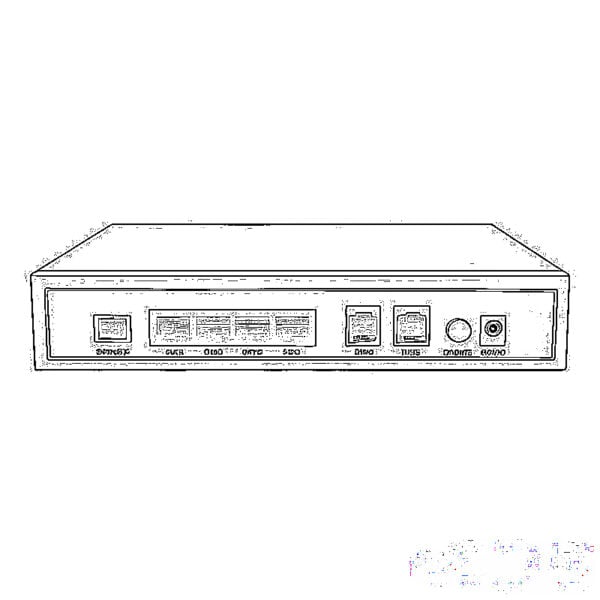
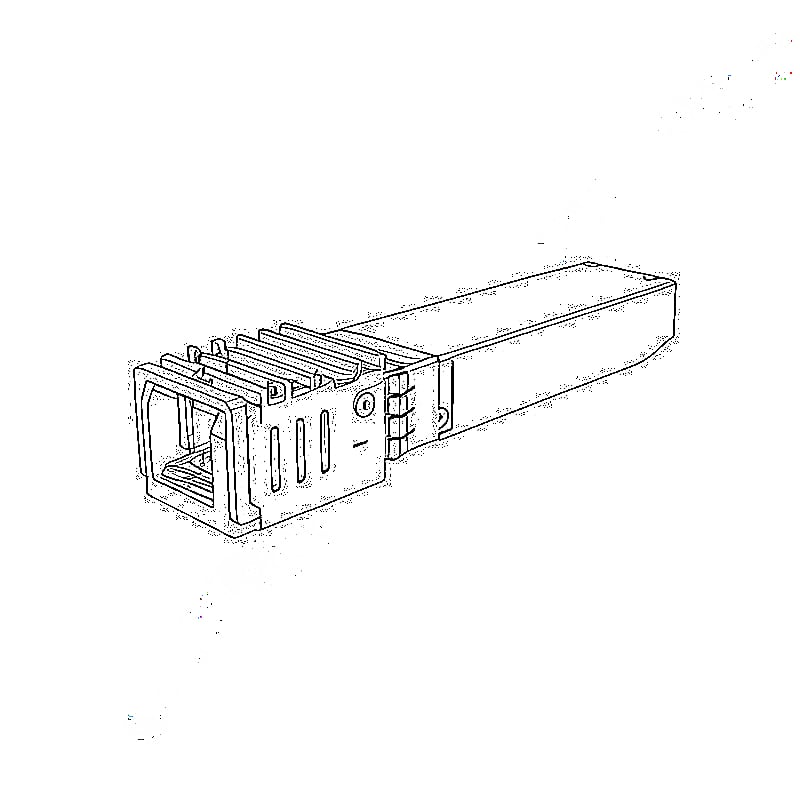
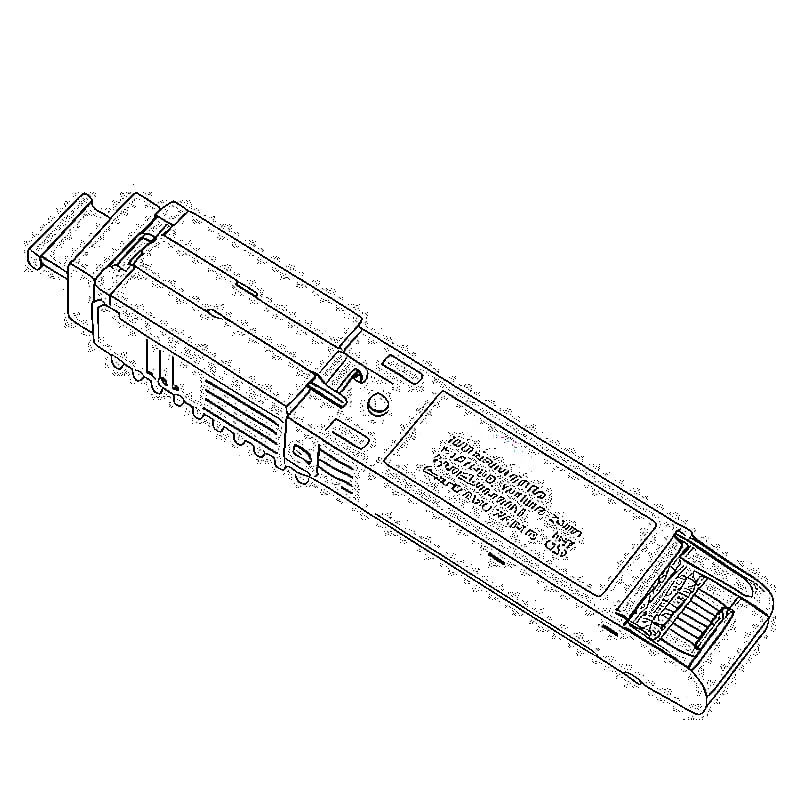
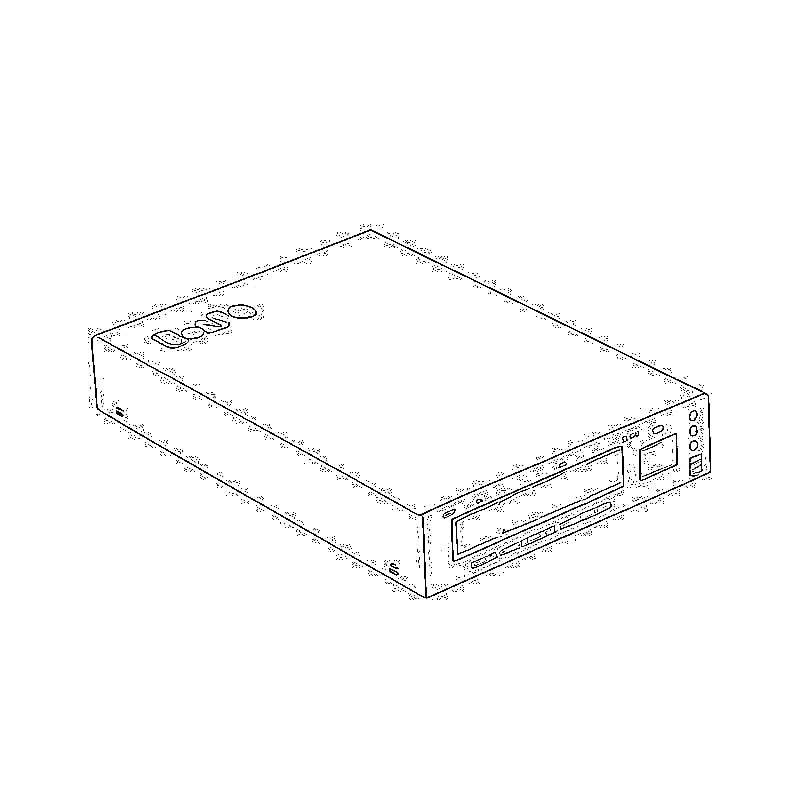
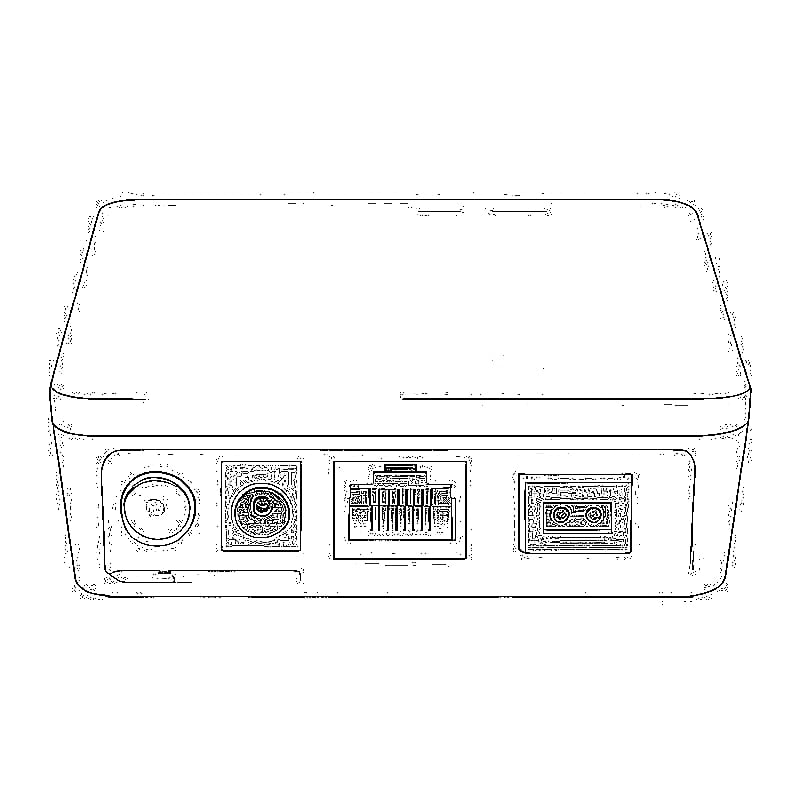
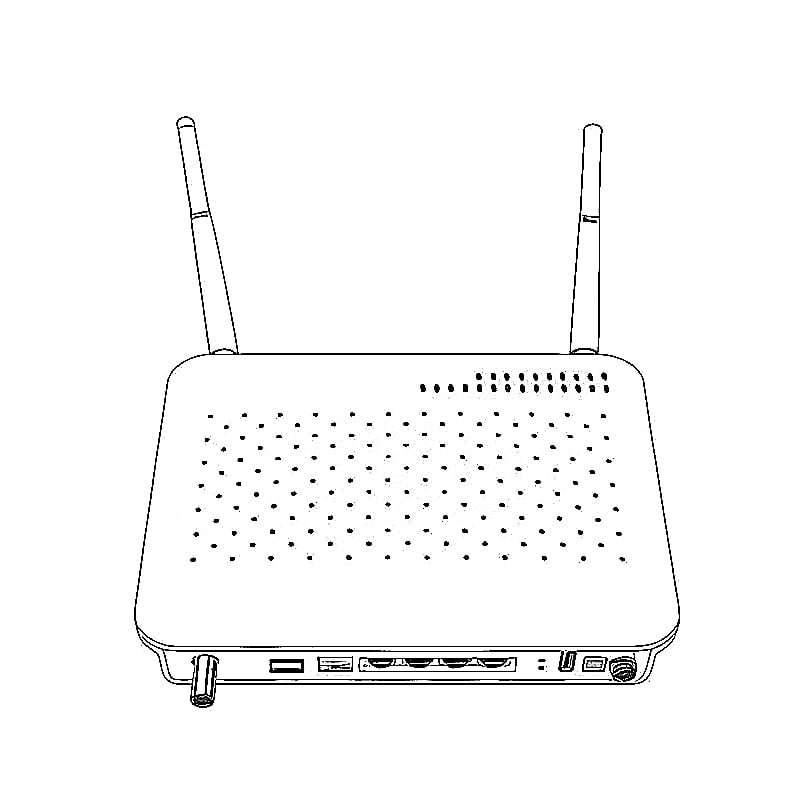
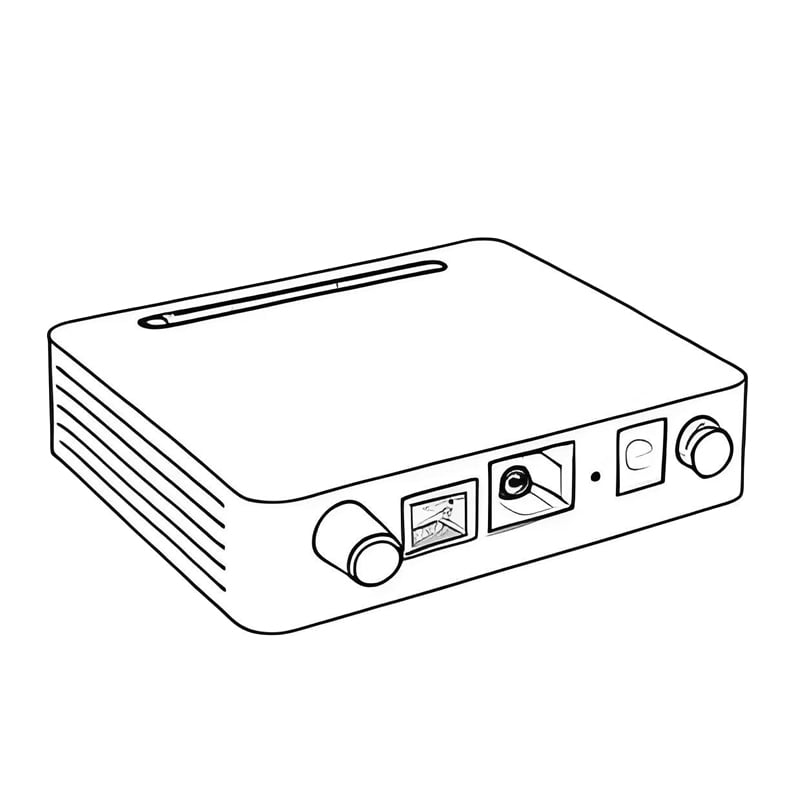
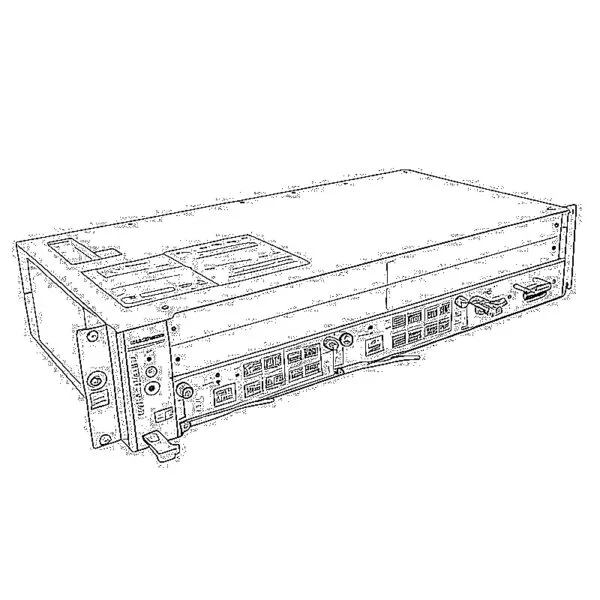
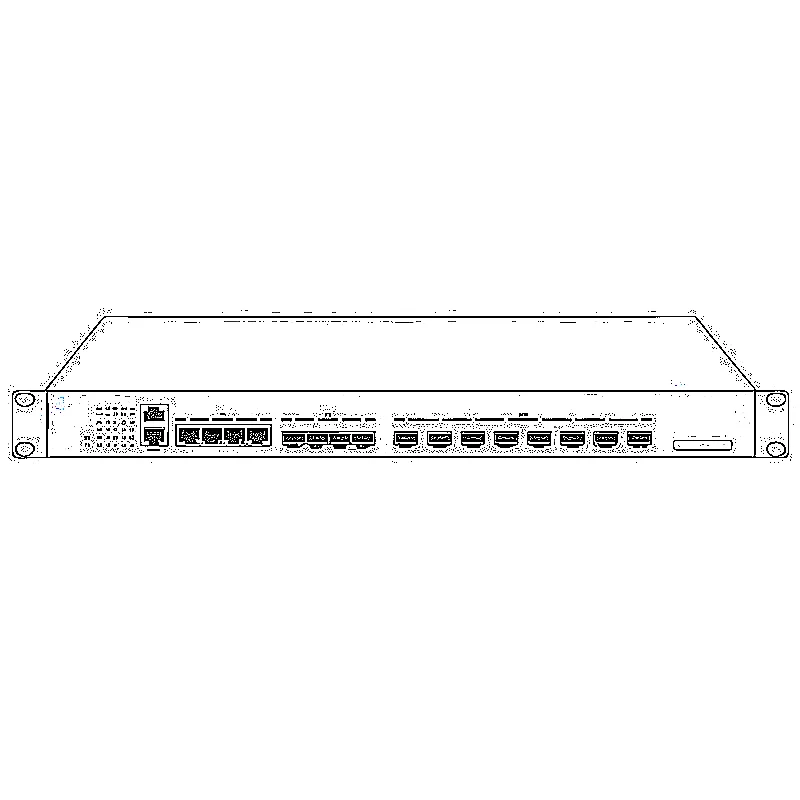
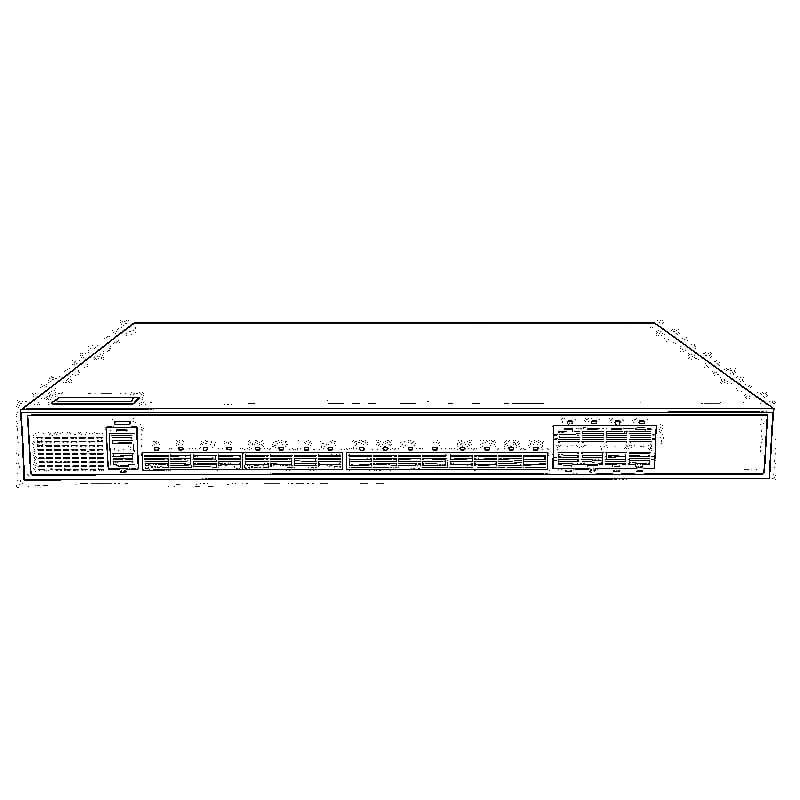

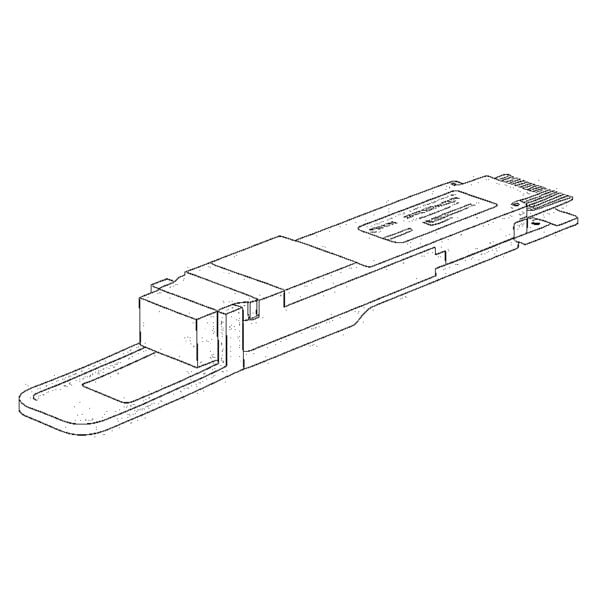
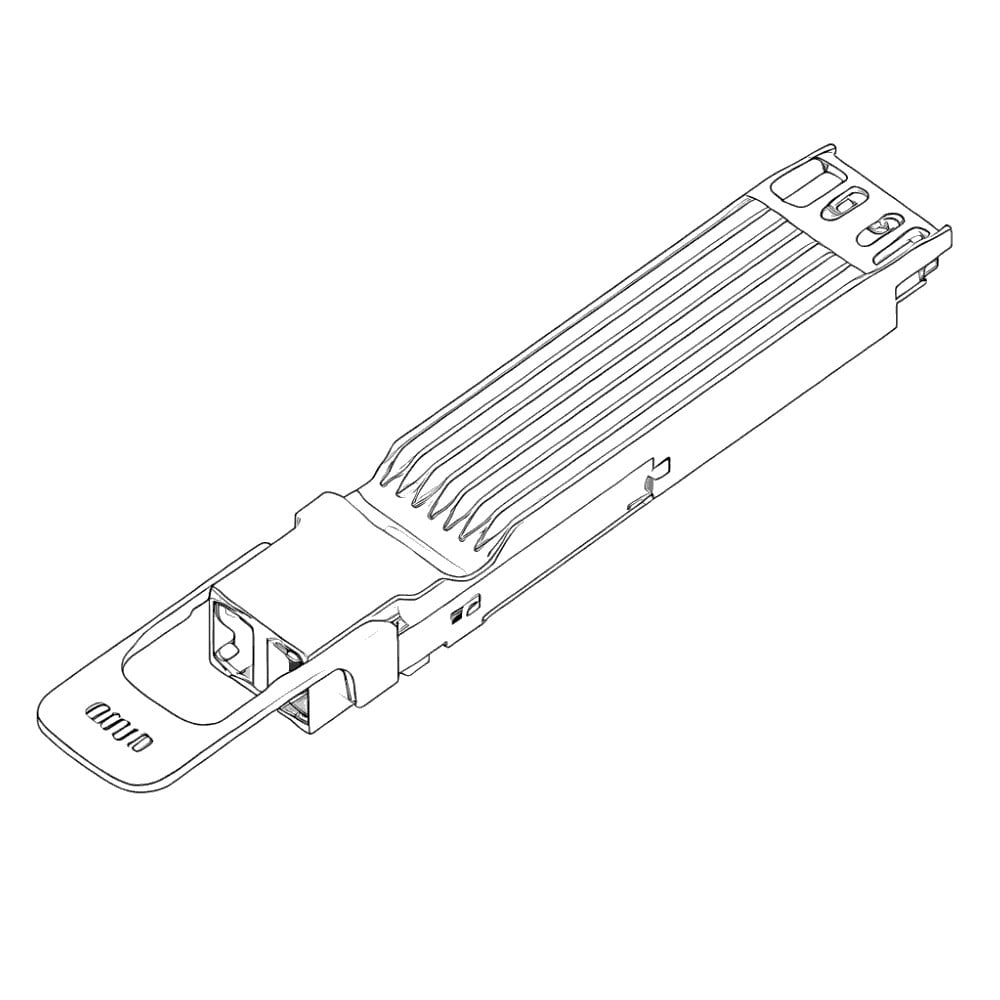
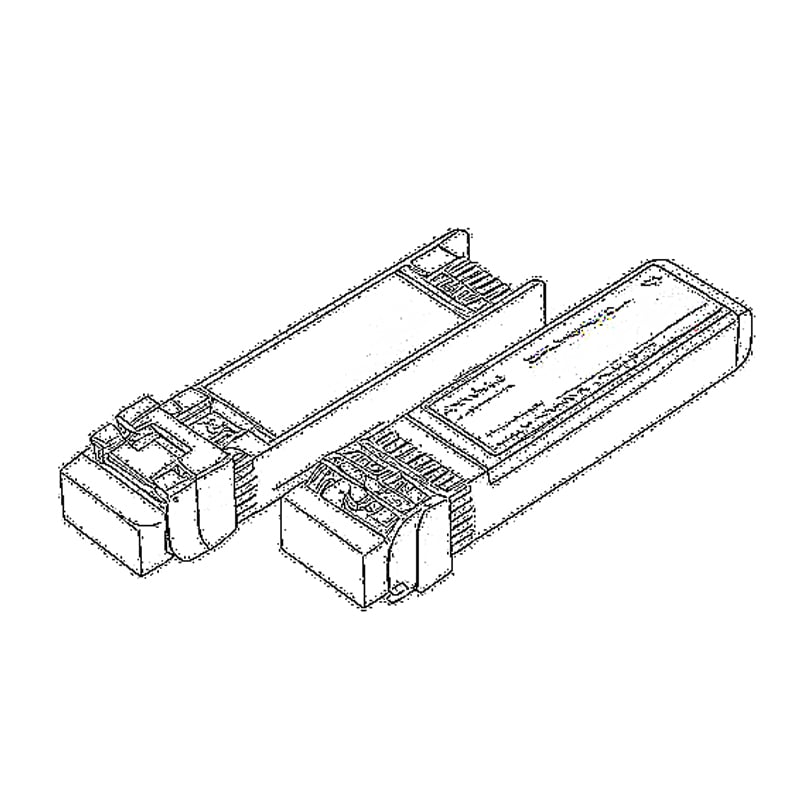
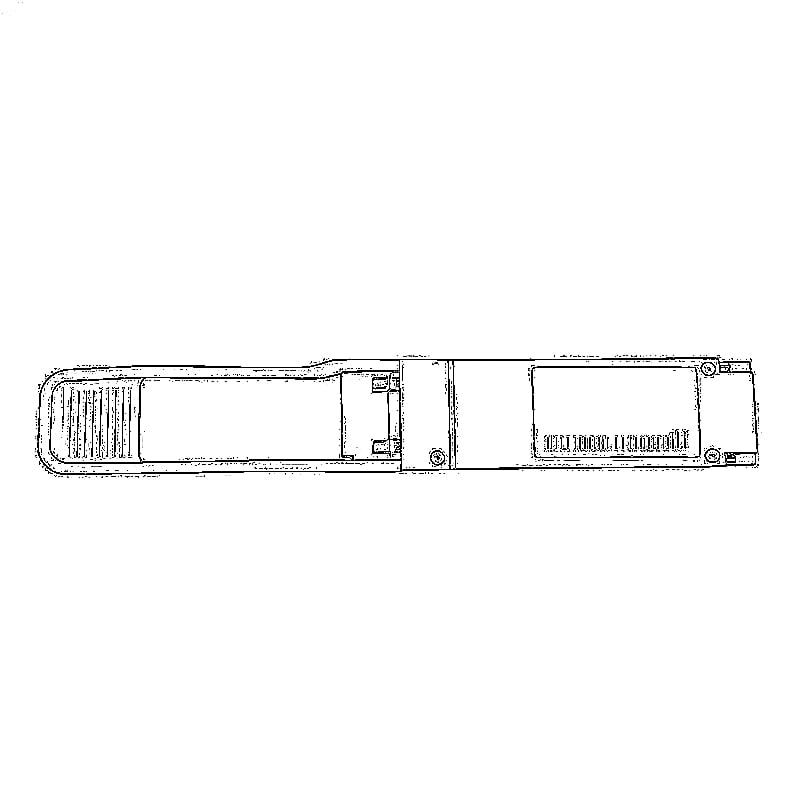
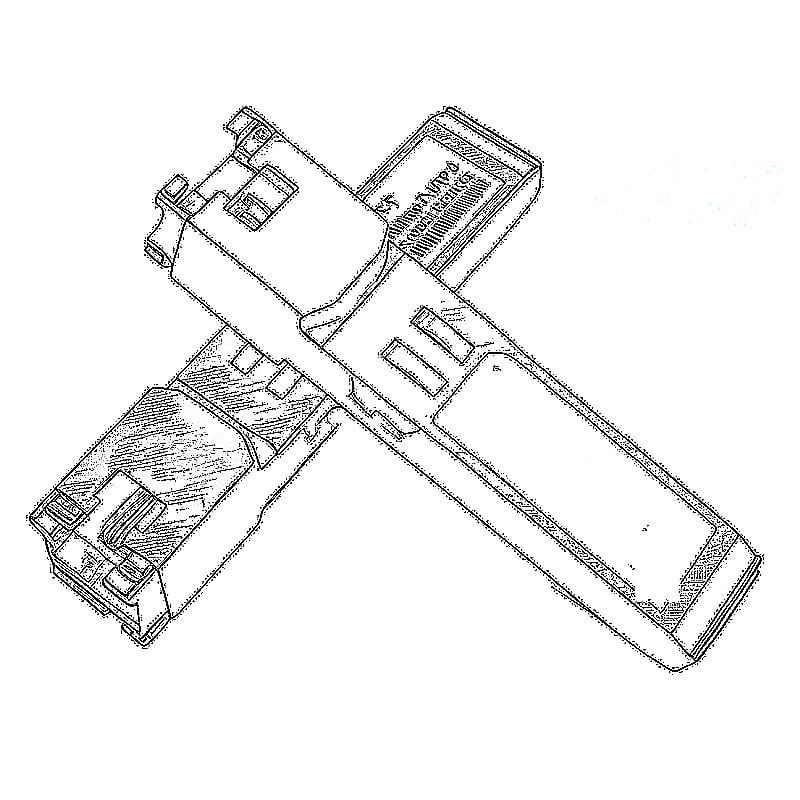
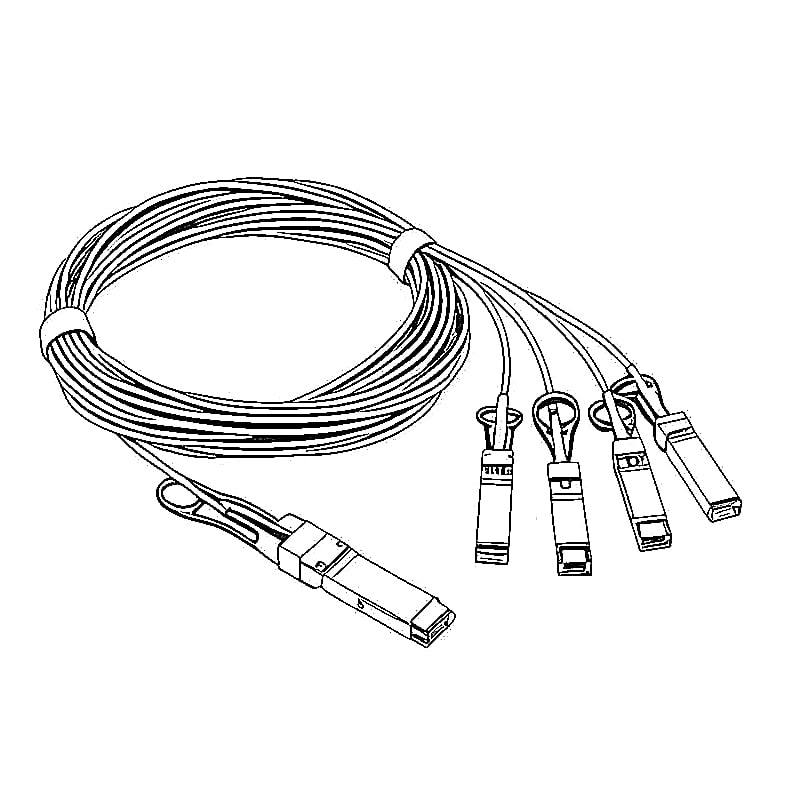

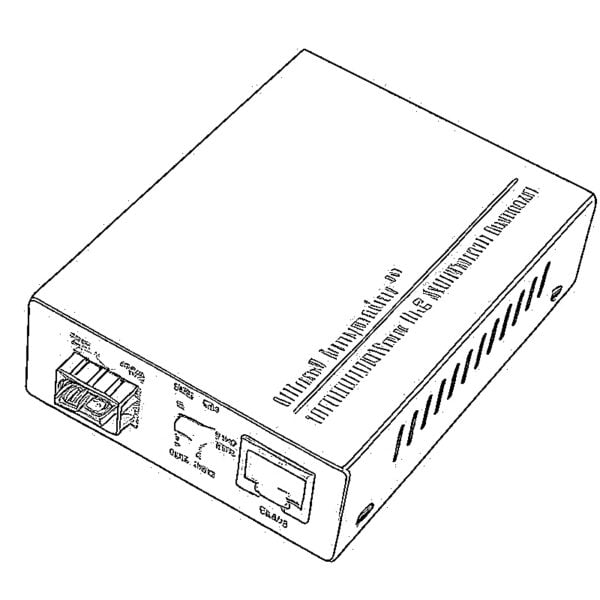
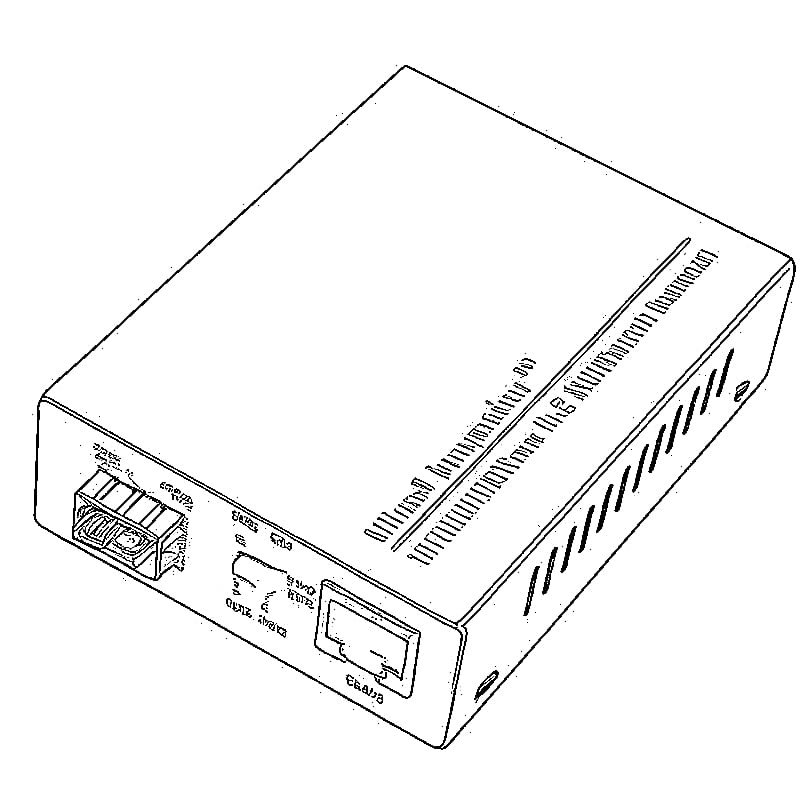
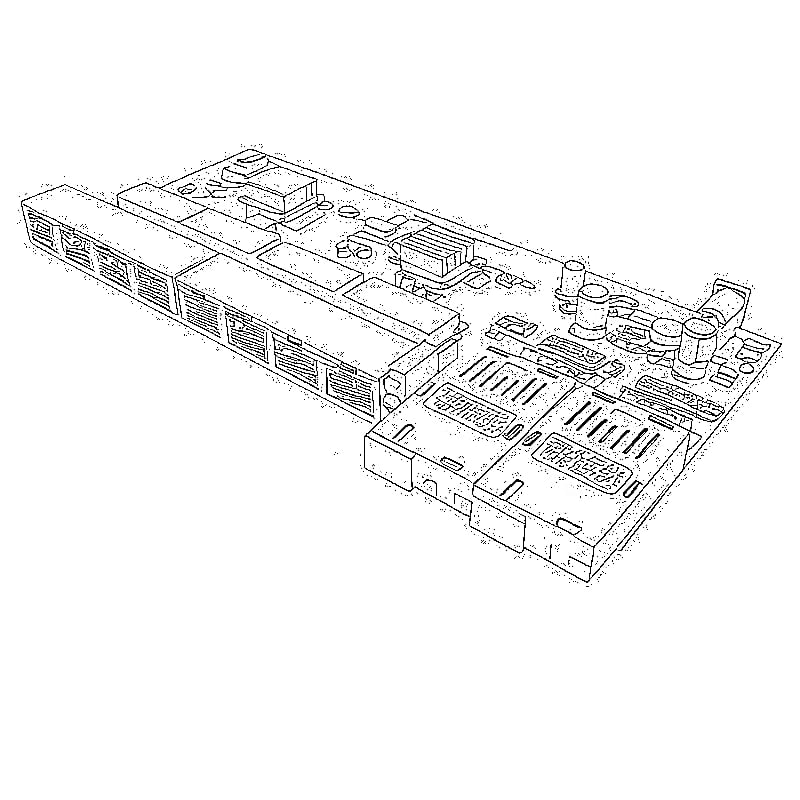
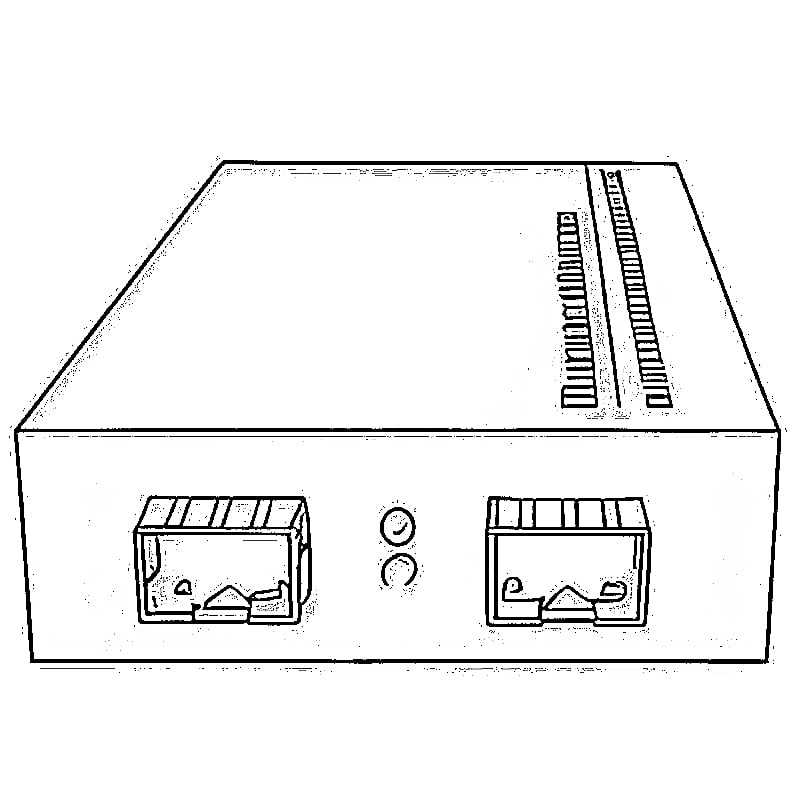
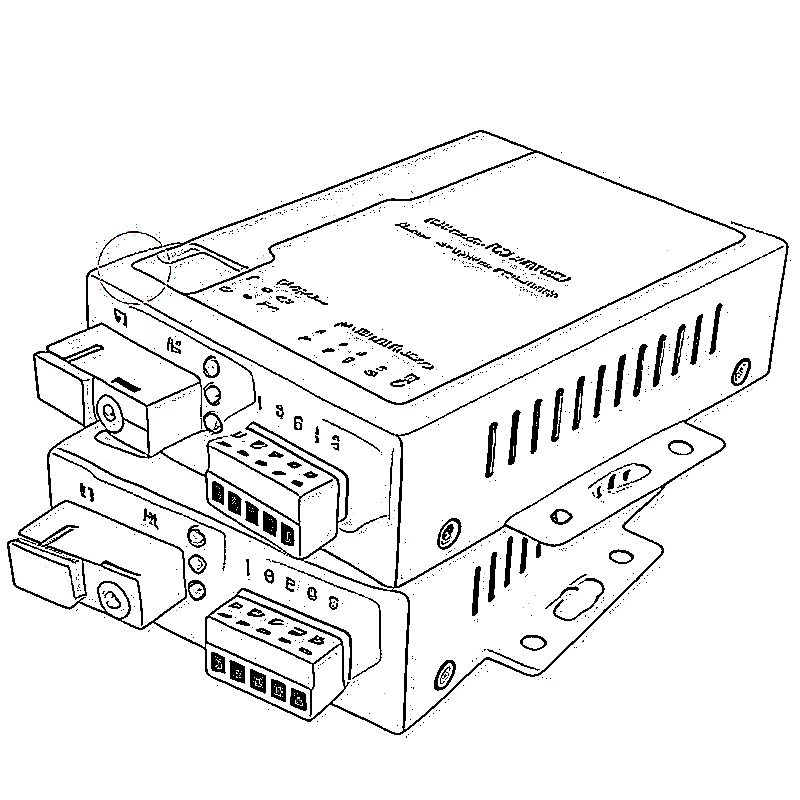
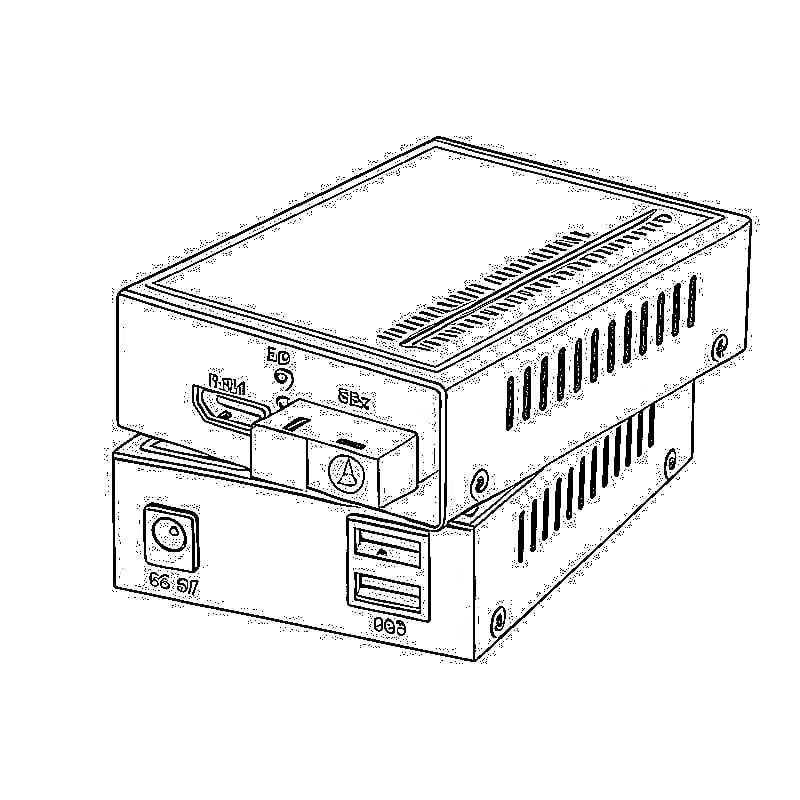

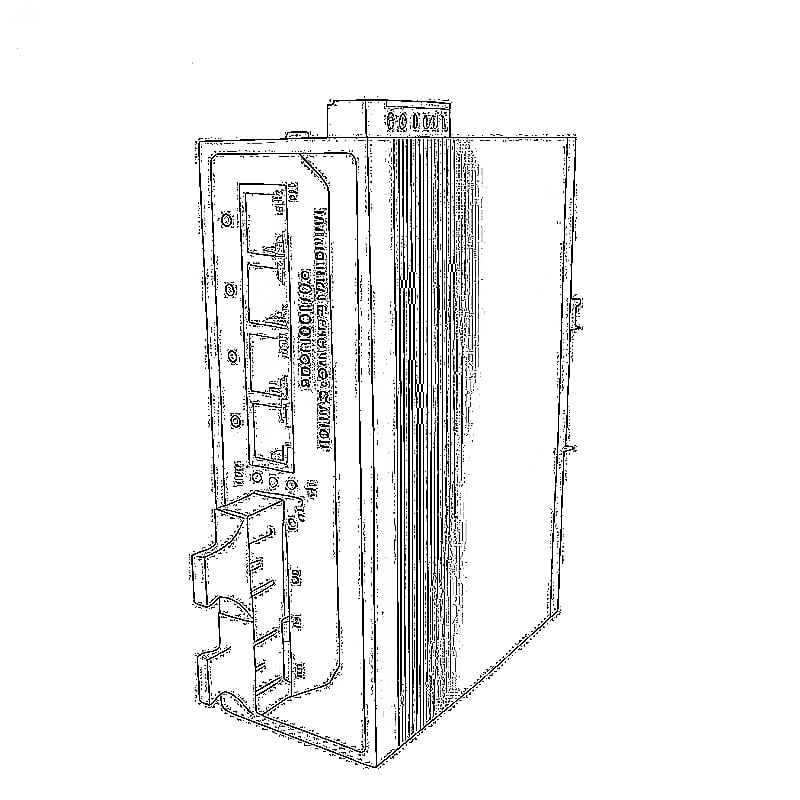

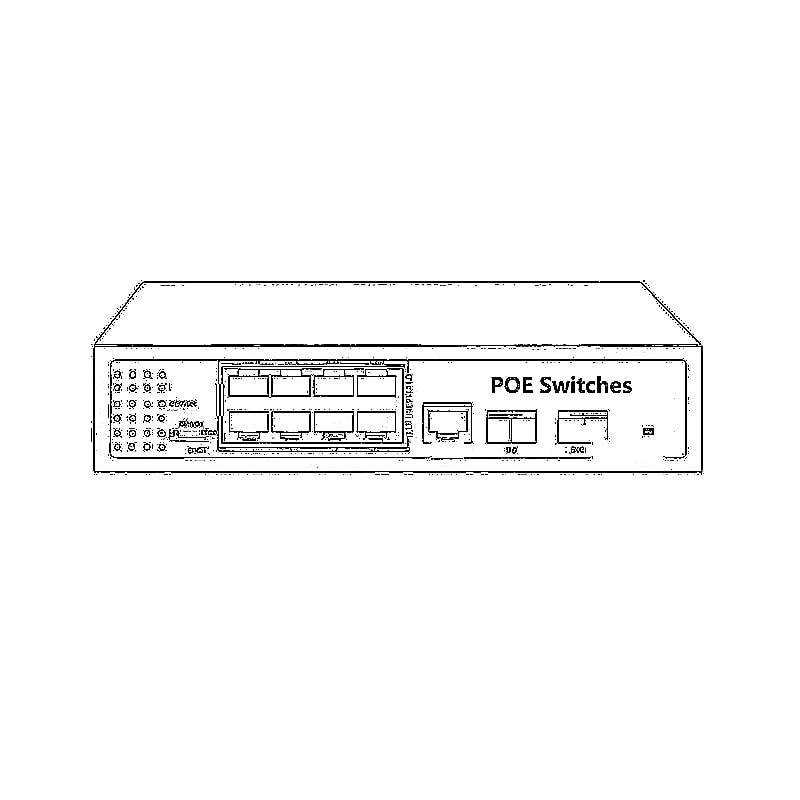
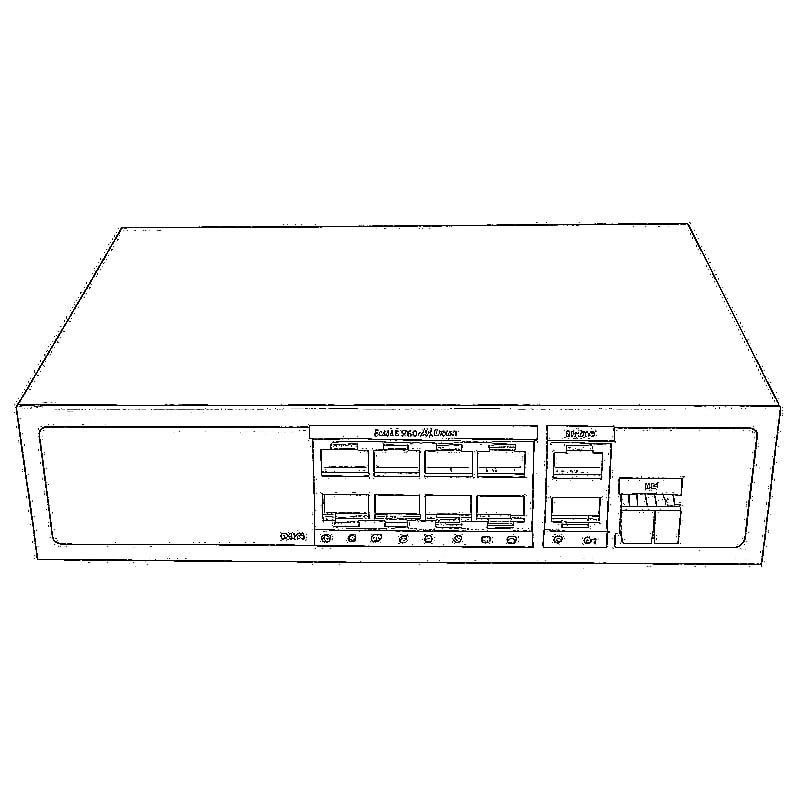
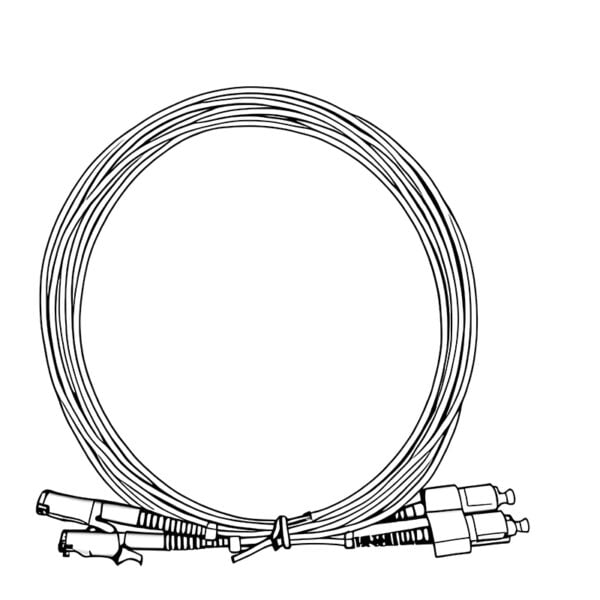
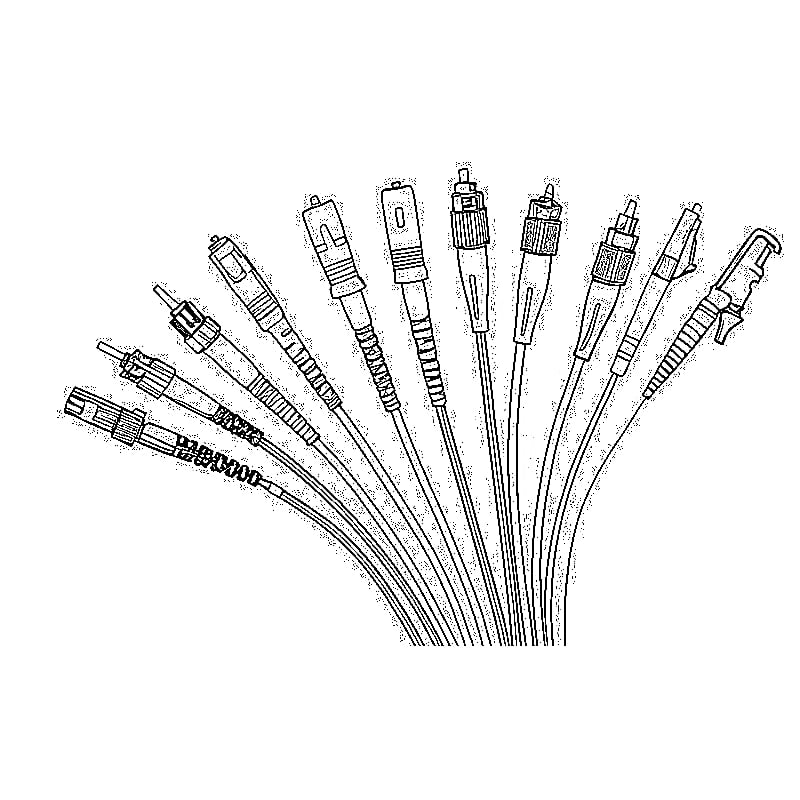
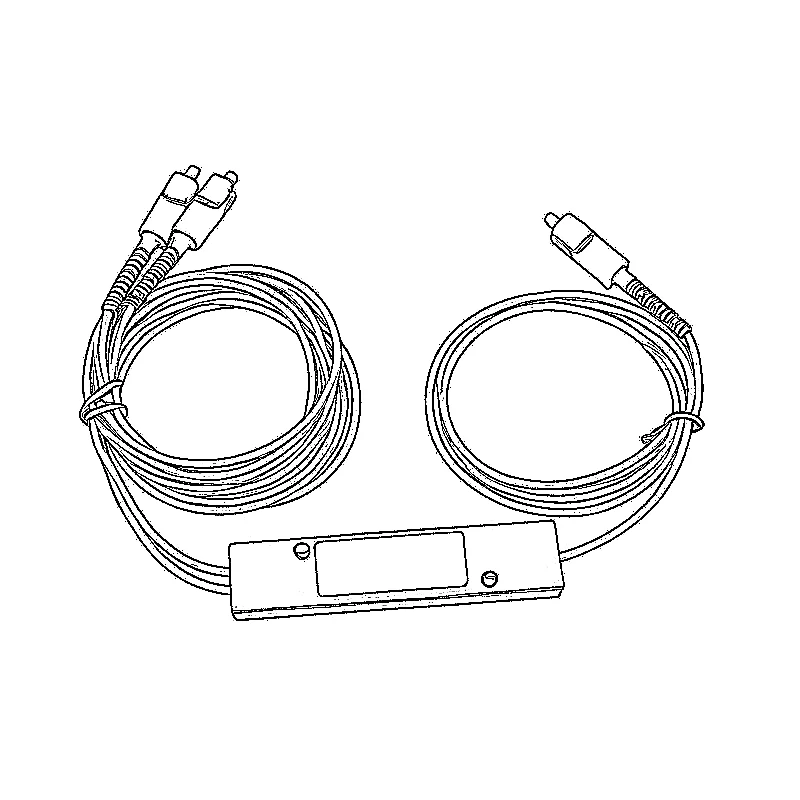
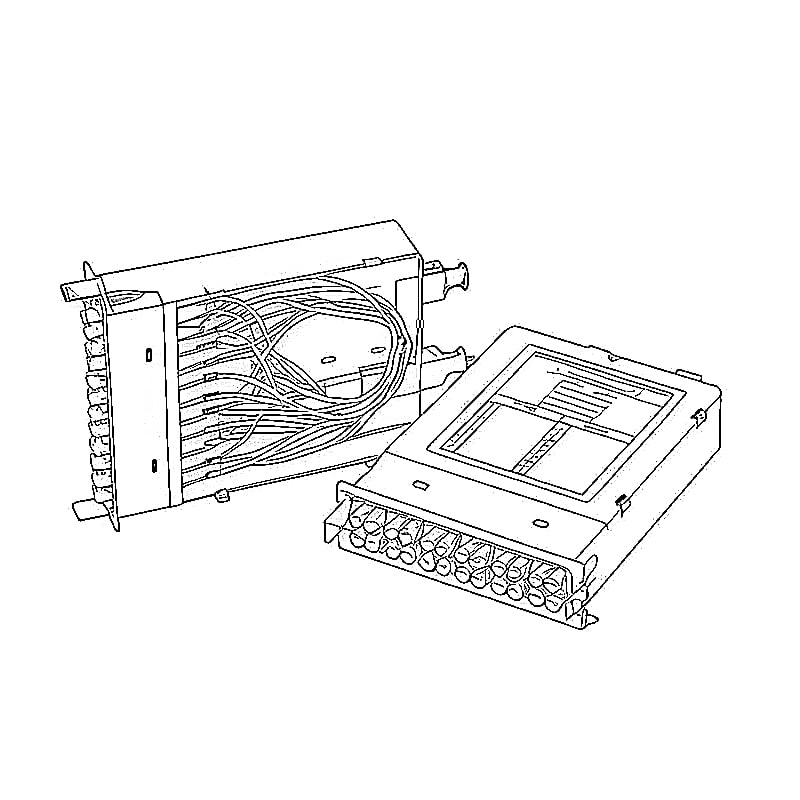
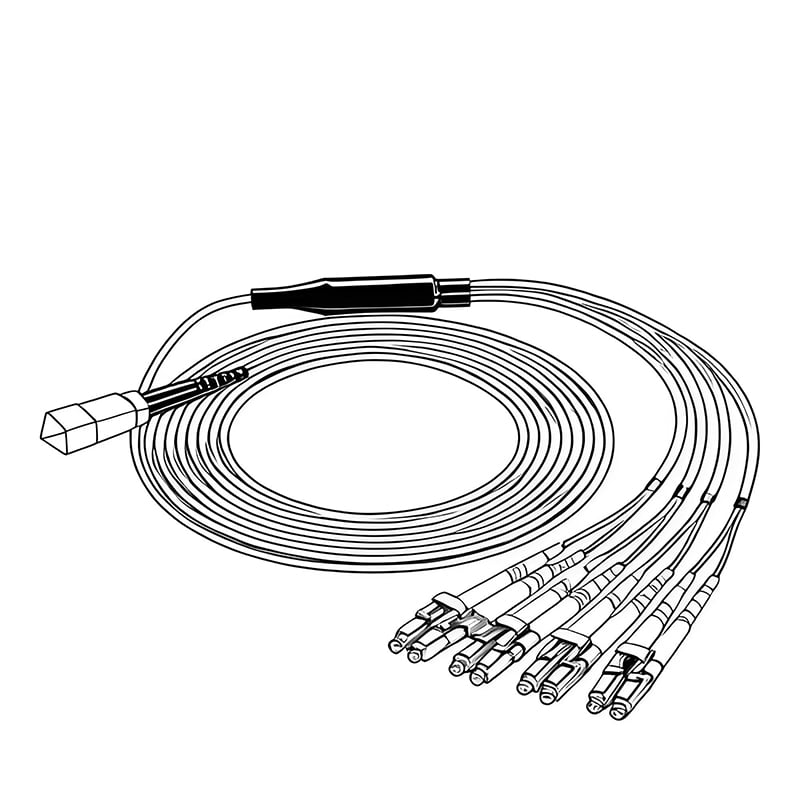
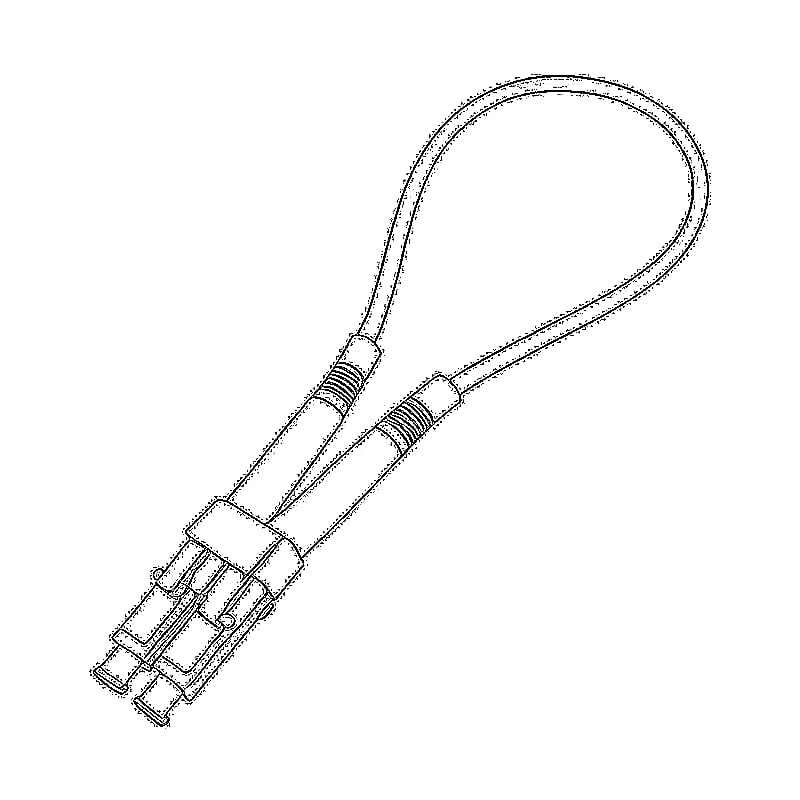
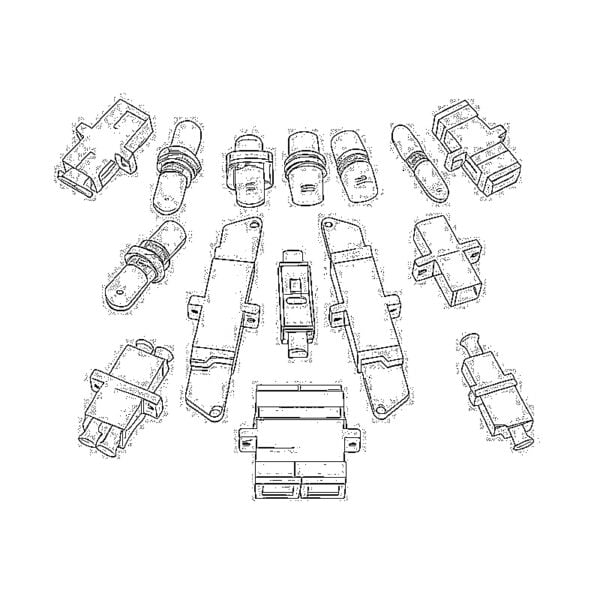
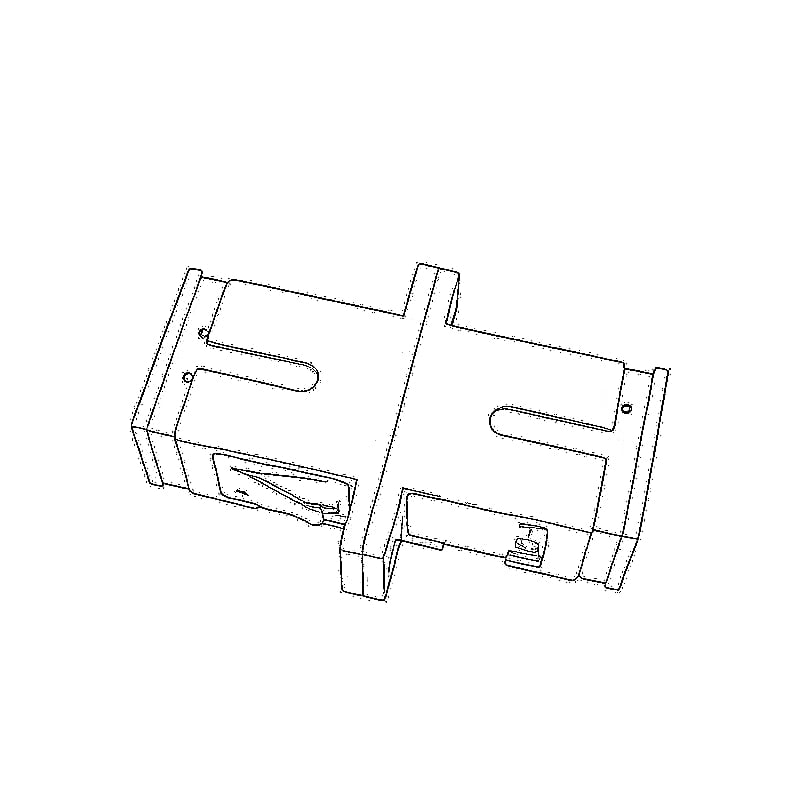
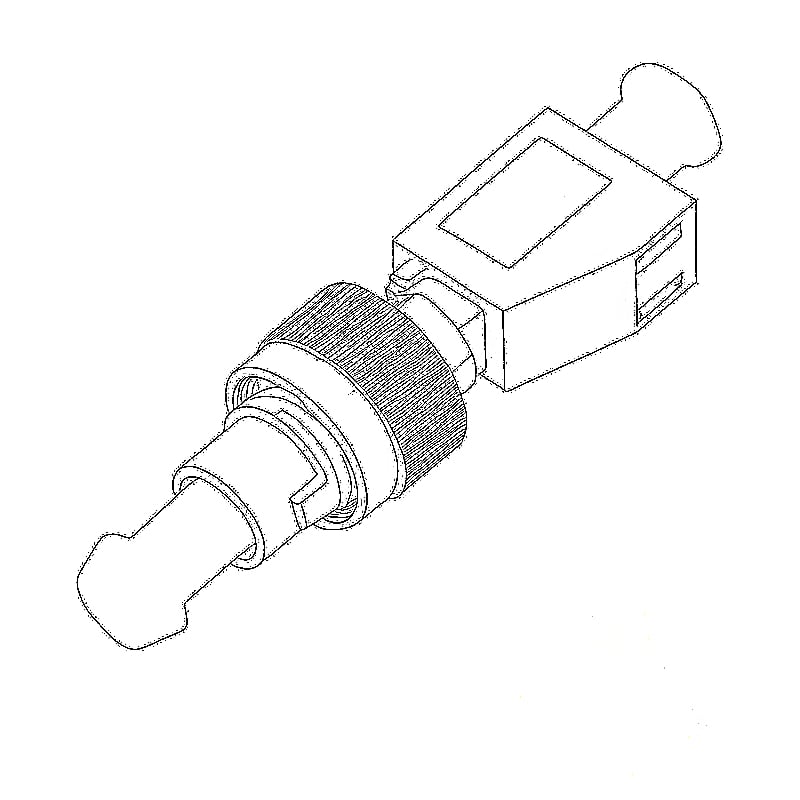
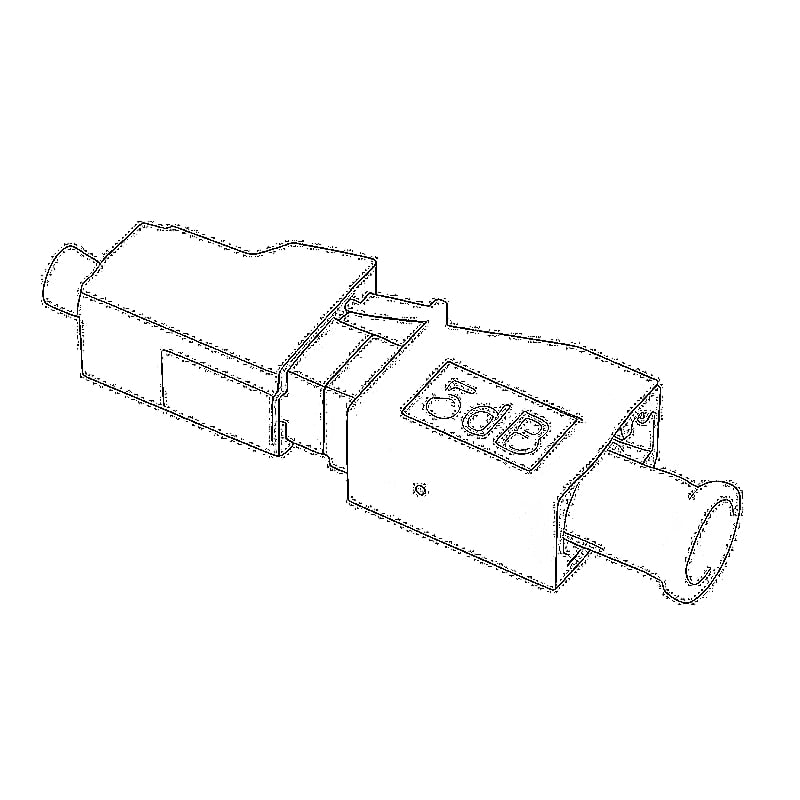
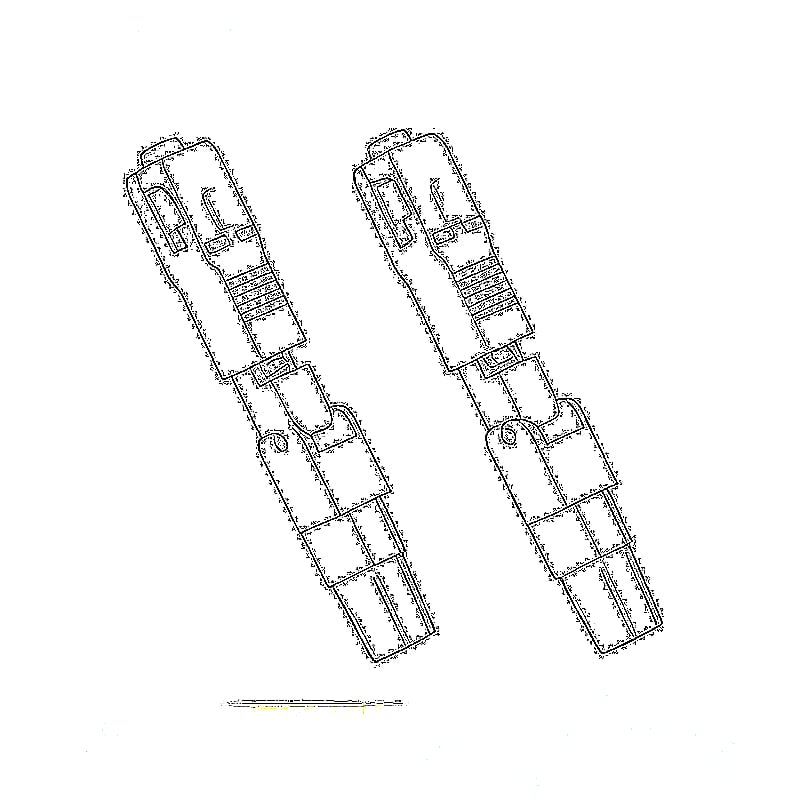
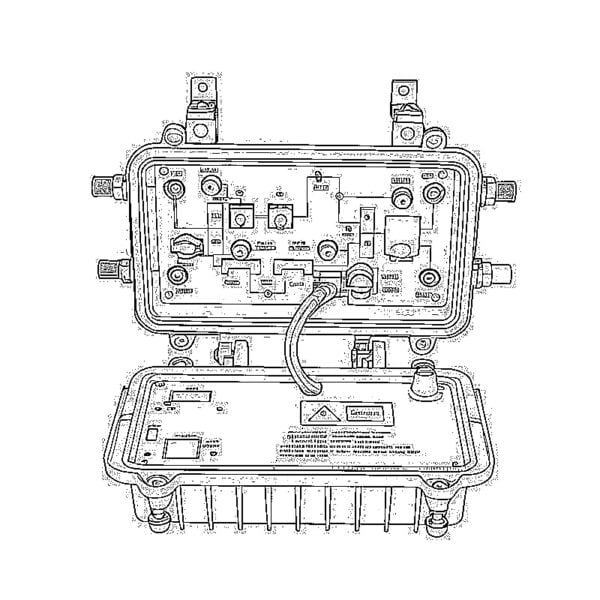
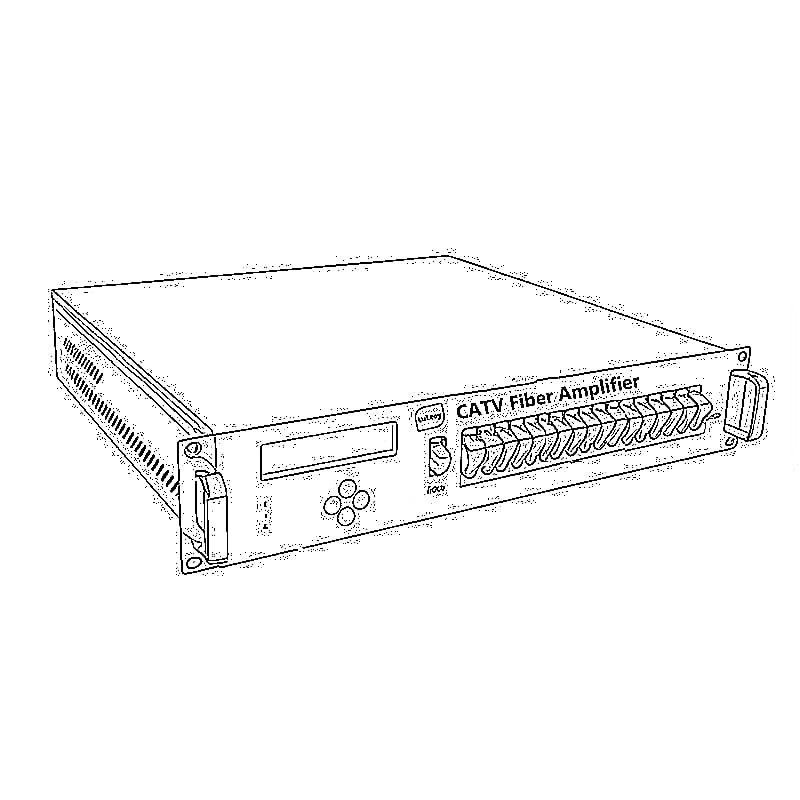
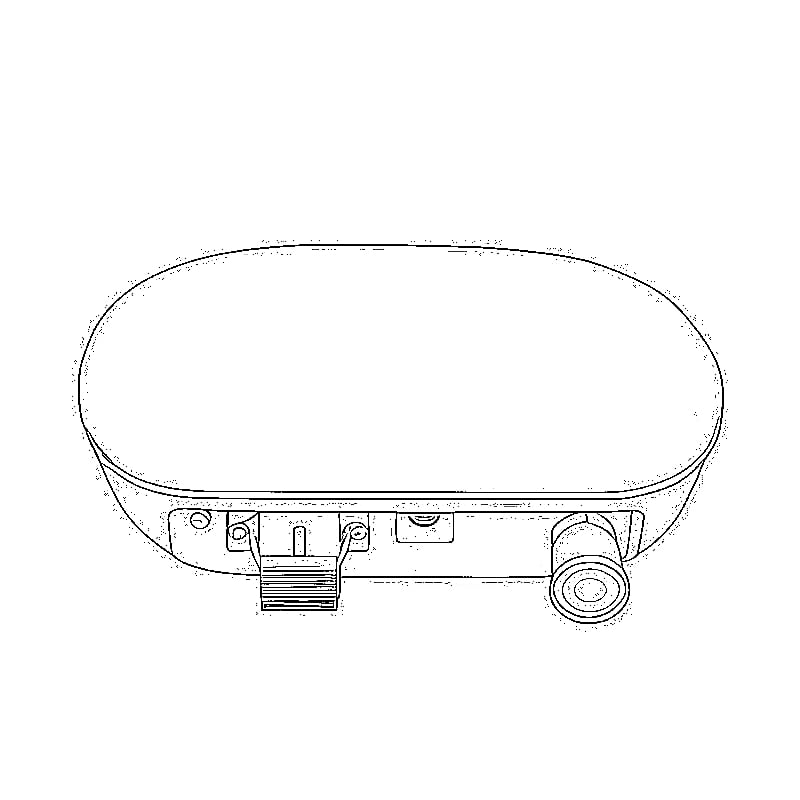
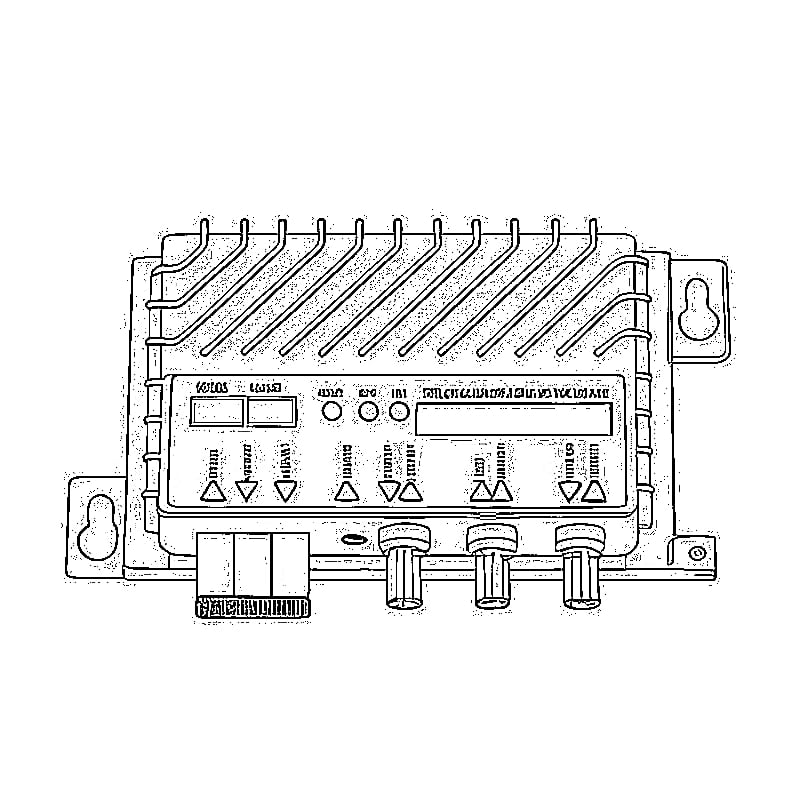

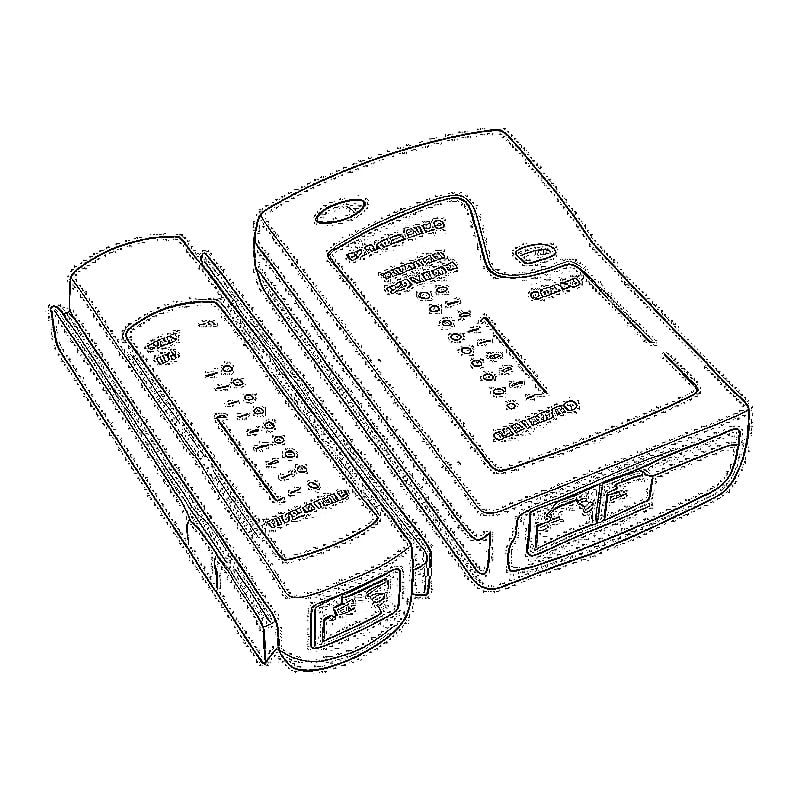
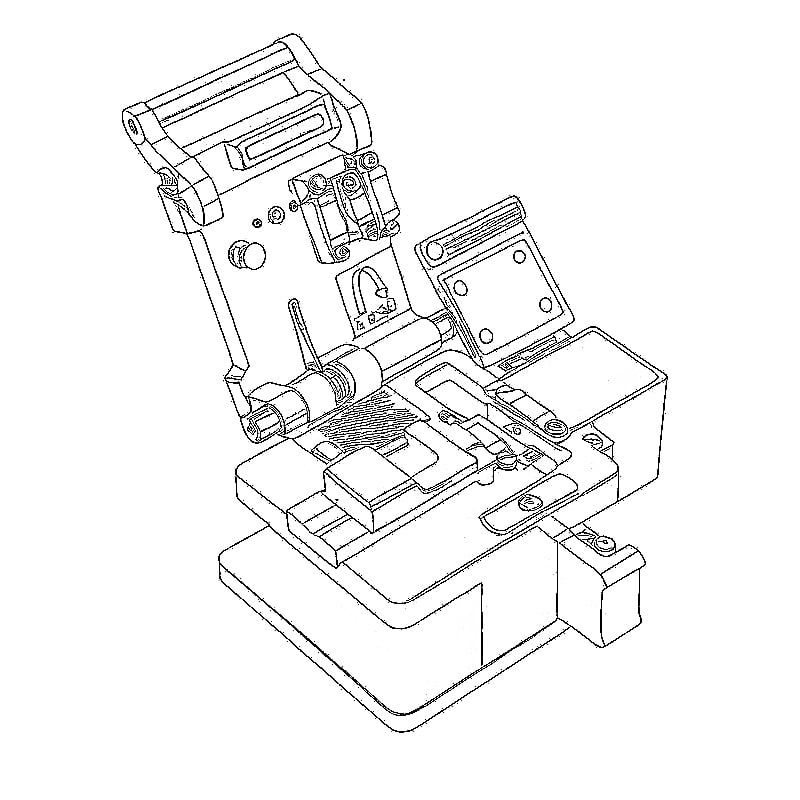
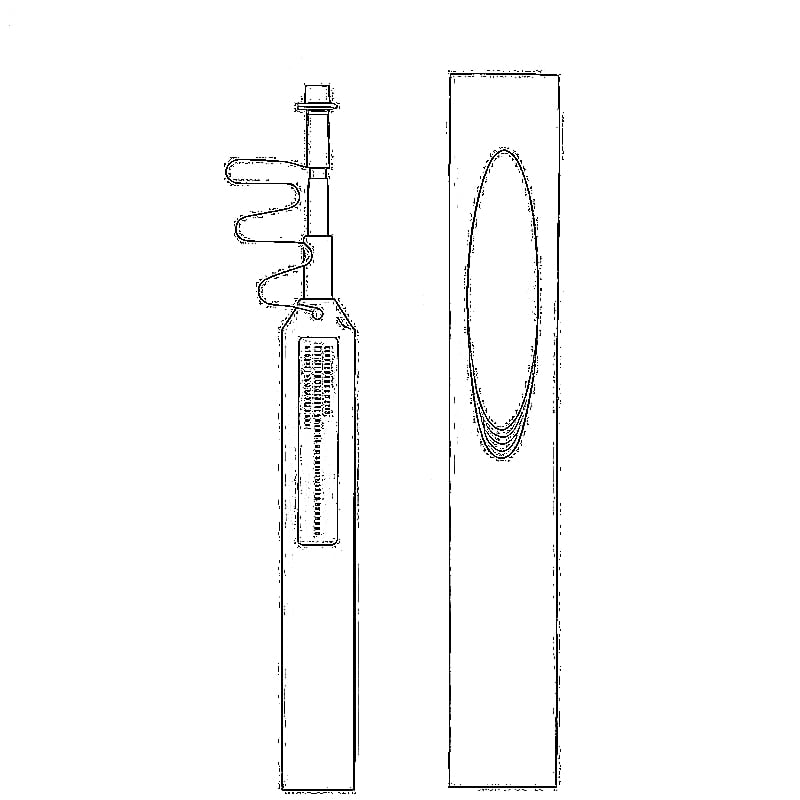


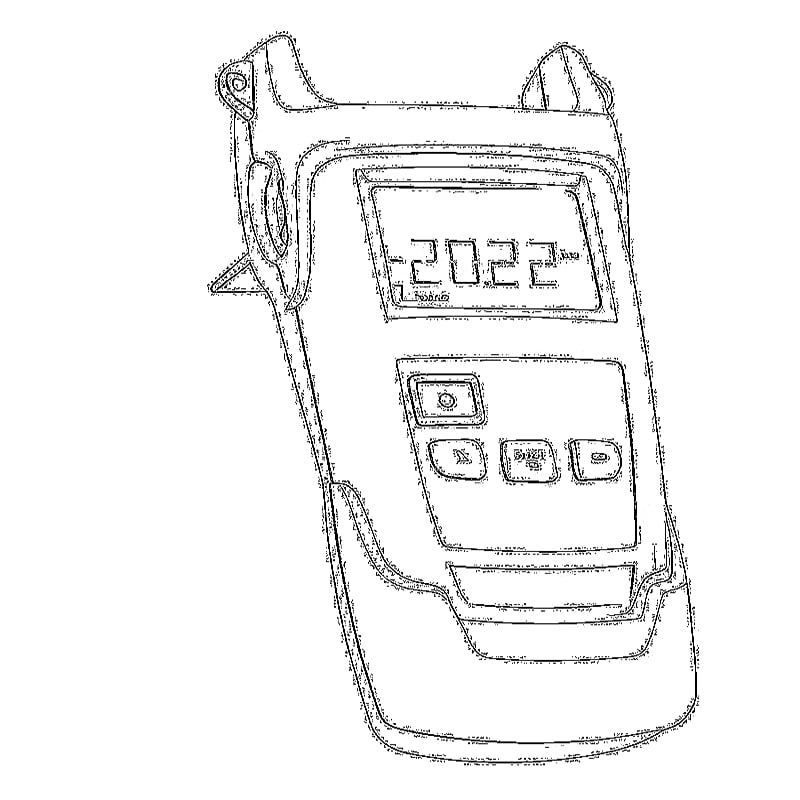

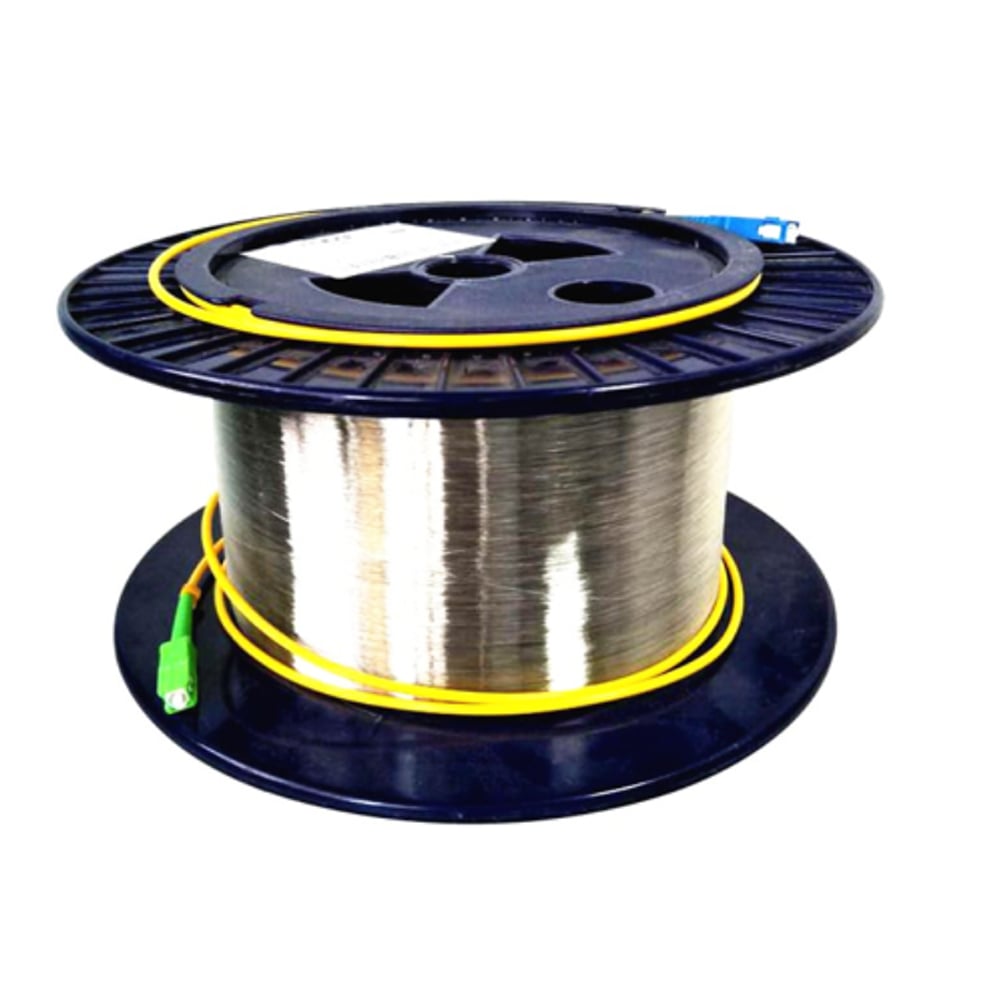
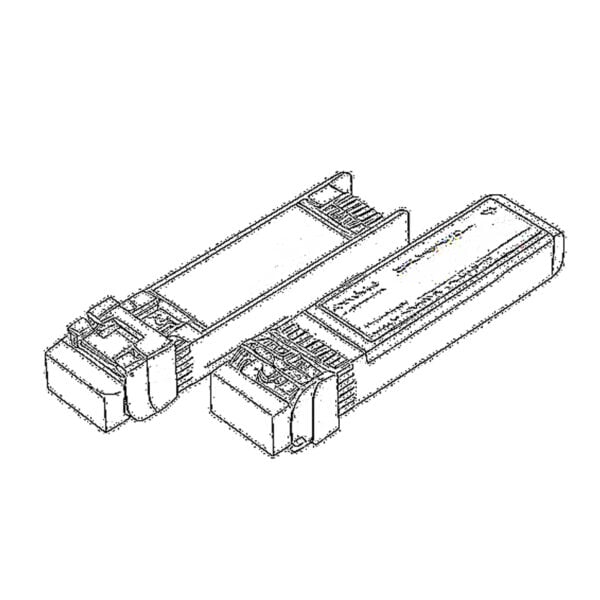 SFP/SFP+ (1G/2,5G/5G/10G)
SFP/SFP+ (1G/2,5G/5G/10G)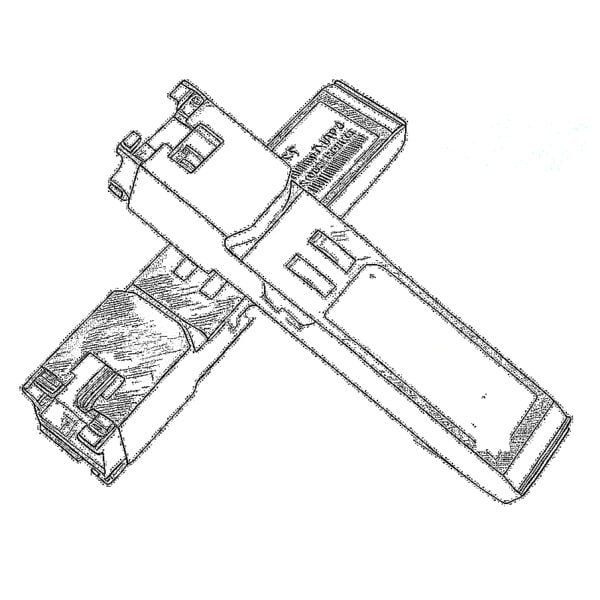 SFP-T (1G/2,5G/10G)
SFP-T (1G/2,5G/10G)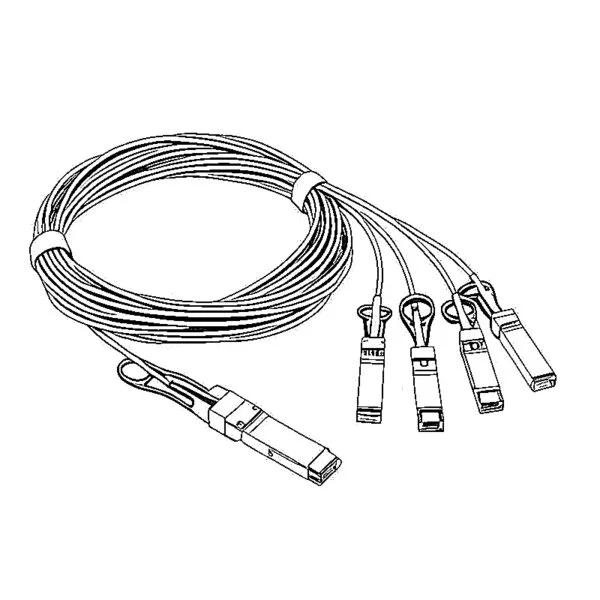 Cabo AOC 10G/25G/40G/100G
Cabo AOC 10G/25G/40G/100G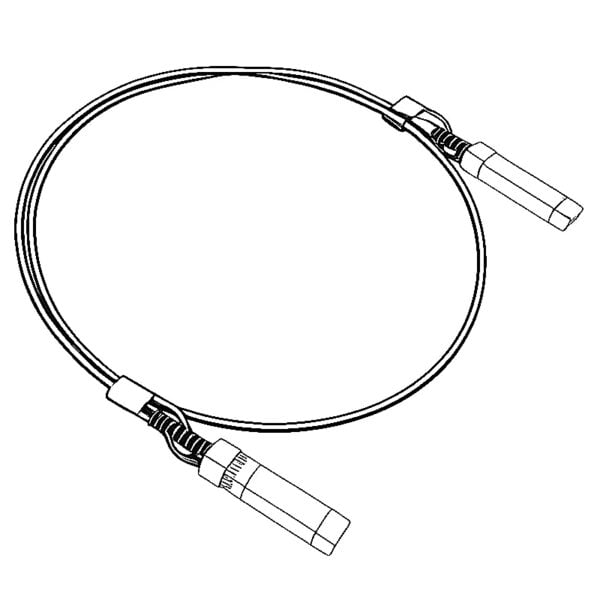 Cabo DAC 10G/25G/40G/100G
Cabo DAC 10G/25G/40G/100G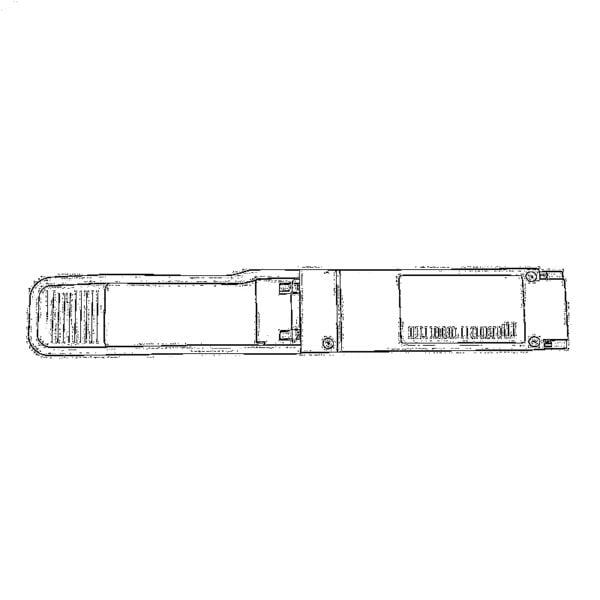 QSFP28 QSFP+ SFP28 100G/40G/25G
QSFP28 QSFP+ SFP28 100G/40G/25G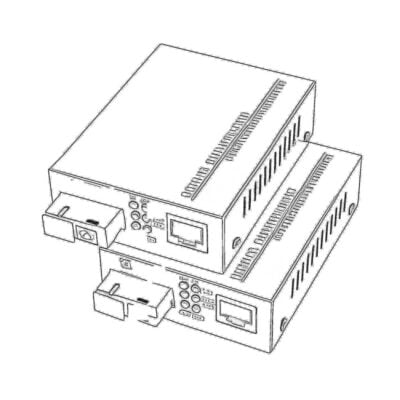 Conversores de mídia de cobre para fibra
Conversores de mídia de cobre para fibra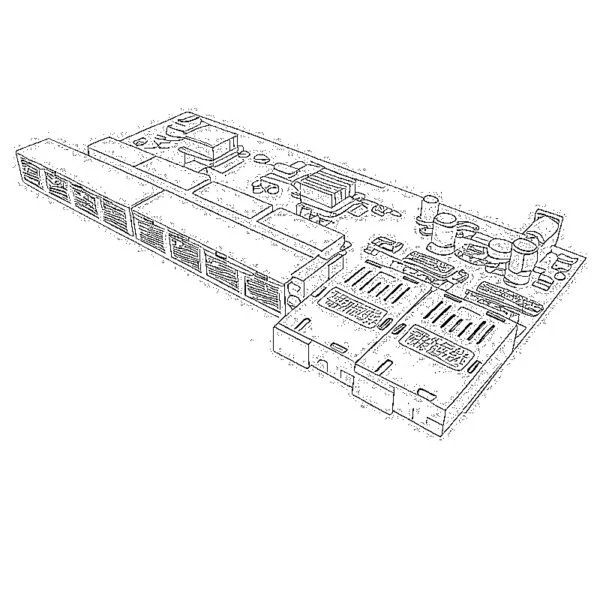 Placa PCBA do conversor de mídia de fibra
Placa PCBA do conversor de mídia de fibra Conversores de mídia de fibra OEO
Conversores de mídia de fibra OEO Conversores de mídia serial para fibra
Conversores de mídia serial para fibra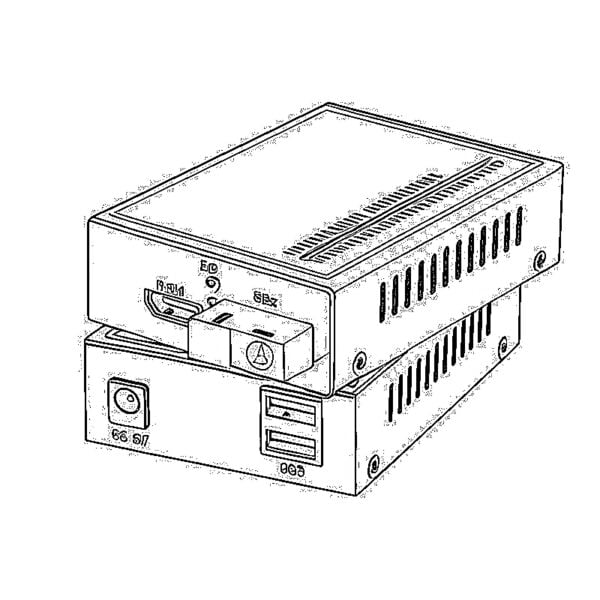 Conversores de mídia de vídeo para fibra
Conversores de mídia de vídeo para fibra 1000M GPON/EPON ONU
1000M GPON/EPON ONU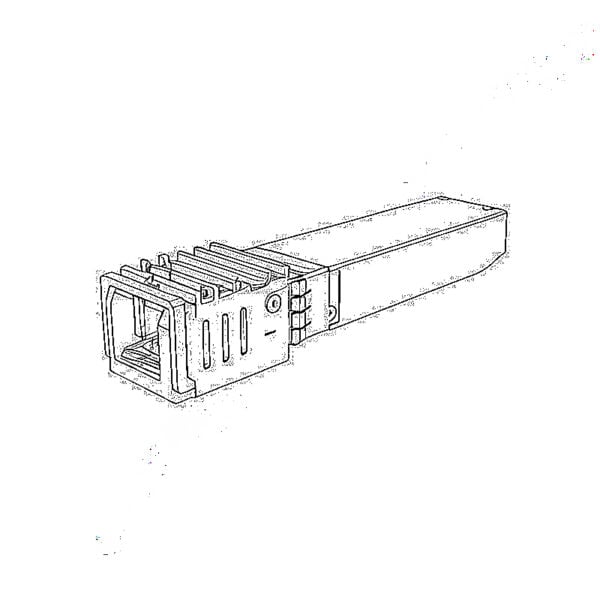 10G EPON ONU/XG-PON/XGS-PON
10G EPON ONU/XG-PON/XGS-PON 2,5G GPON/XPON STICK SFP ONU
2,5G GPON/XPON STICK SFP ONU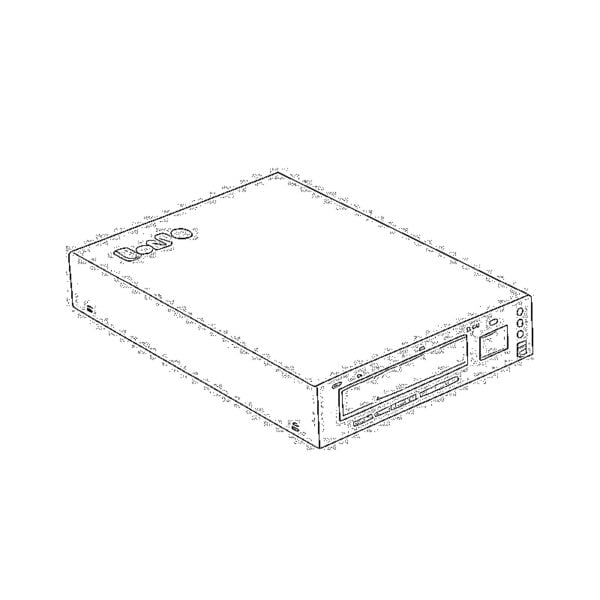 POE GPON/EPON ONU
POE GPON/EPON ONU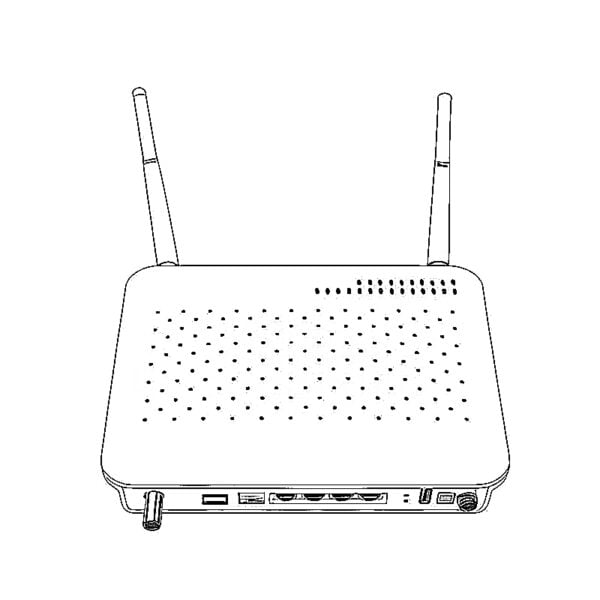 ONT GPON/EPON sem fio
ONT GPON/EPON sem fio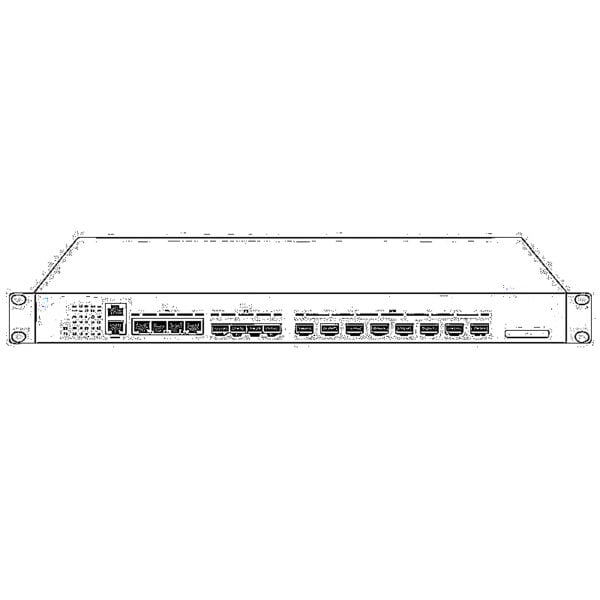 EPON OLT
EPON OLT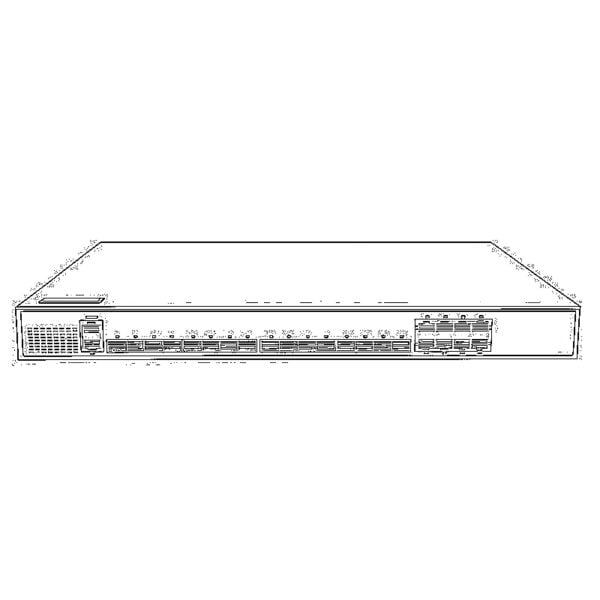 GPON OLT
GPON OLT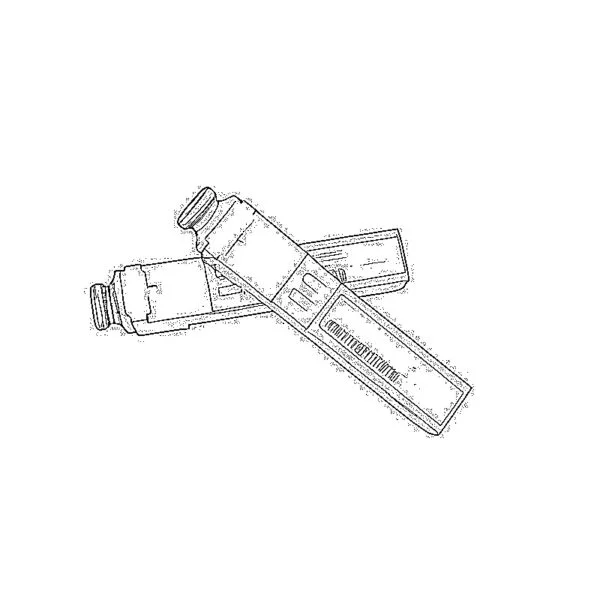 Módulo SFP PON
Módulo SFP PON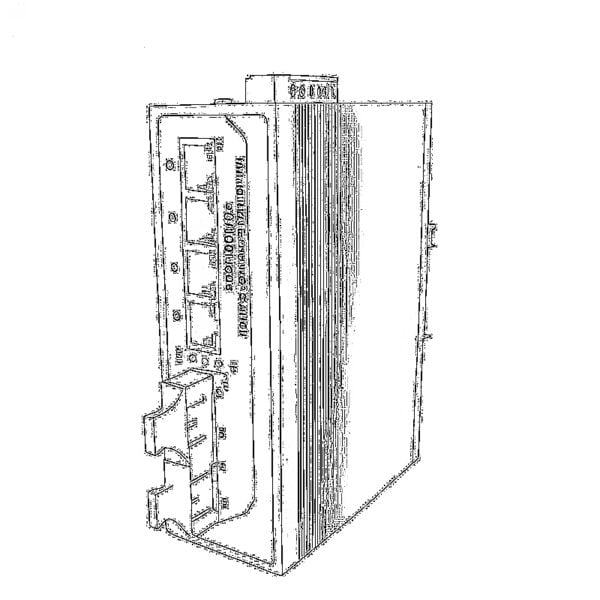 Switches industriais
Switches industriais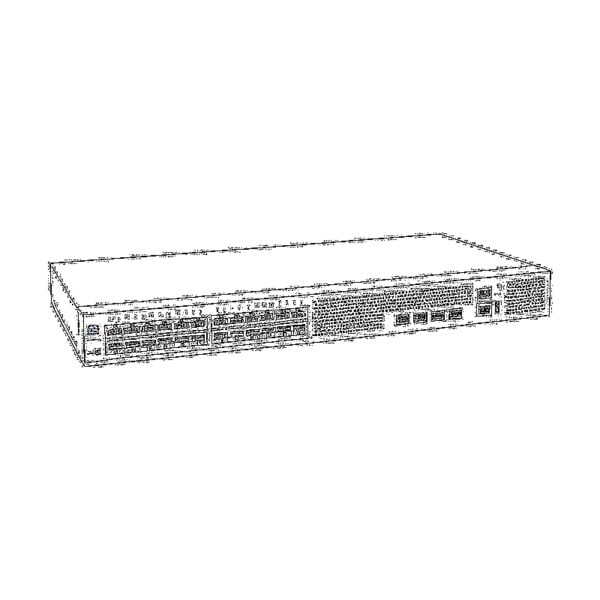 Switches gerenciados
Switches gerenciados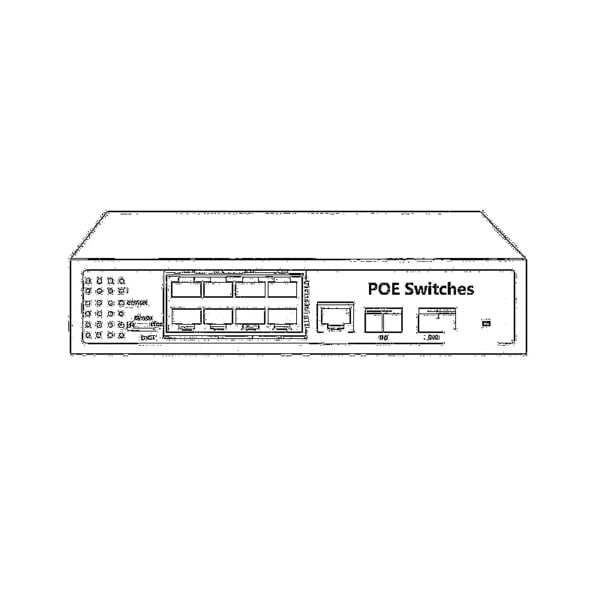 Switches POE
Switches POE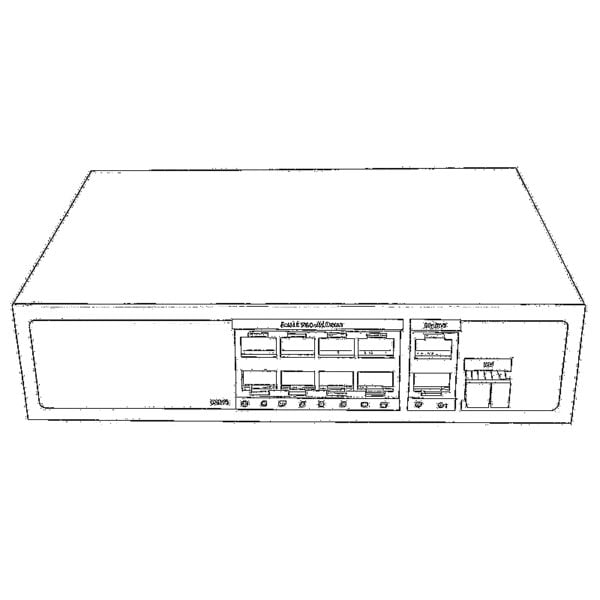 Switches não gerenciados
Switches não gerenciados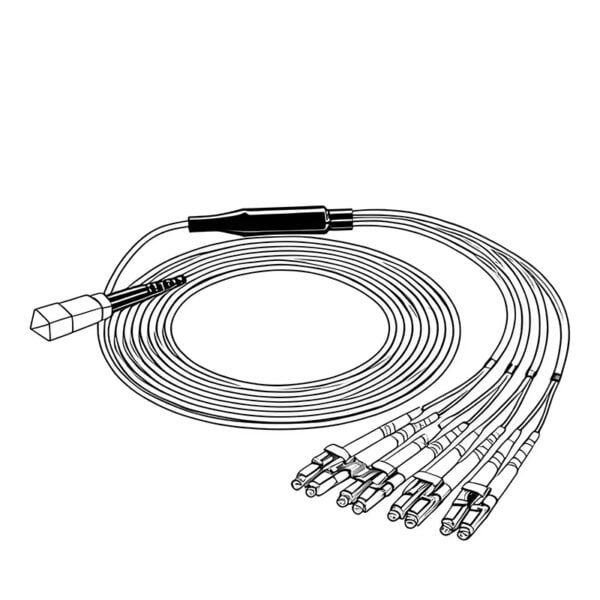 Cabos de fibra MTP/MPO
Cabos de fibra MTP/MPO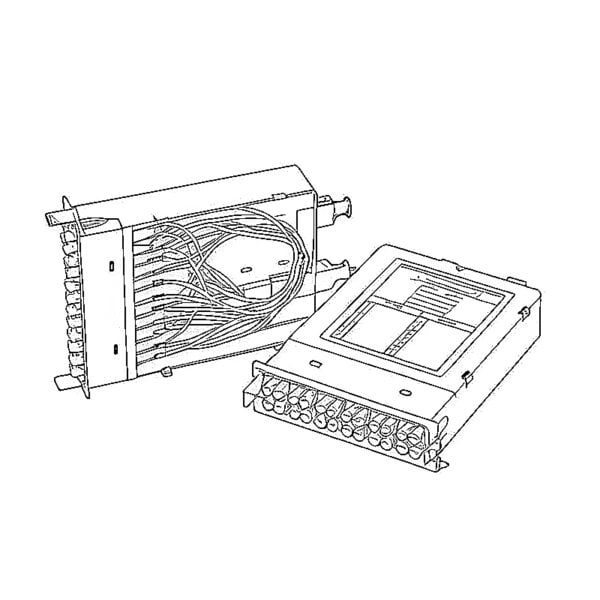 Cassetes de fibra óptica
Cassetes de fibra óptica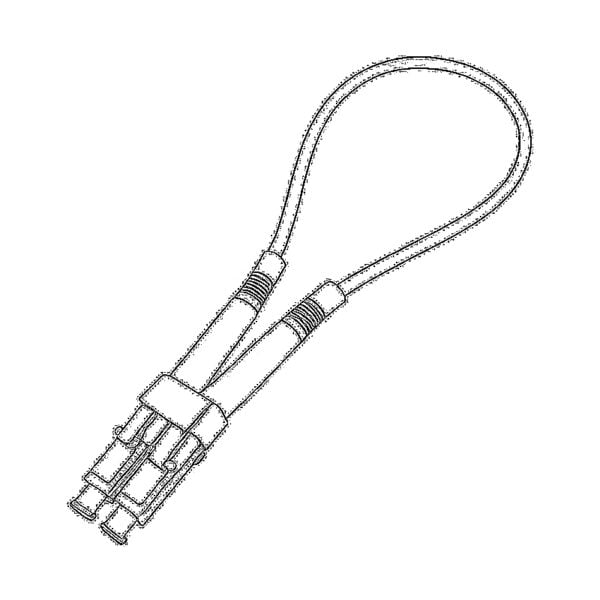 Loopback de fibra óptica
Loopback de fibra óptica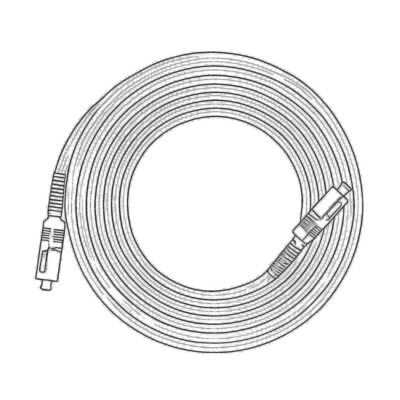 Cabos ópticos e pigtails de fibra
Cabos ópticos e pigtails de fibra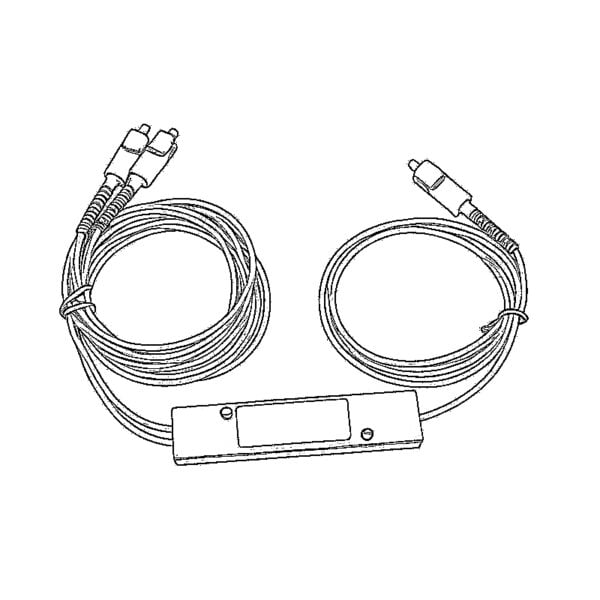 Divisores ópticos e caixas divisoras
Divisores ópticos e caixas divisoras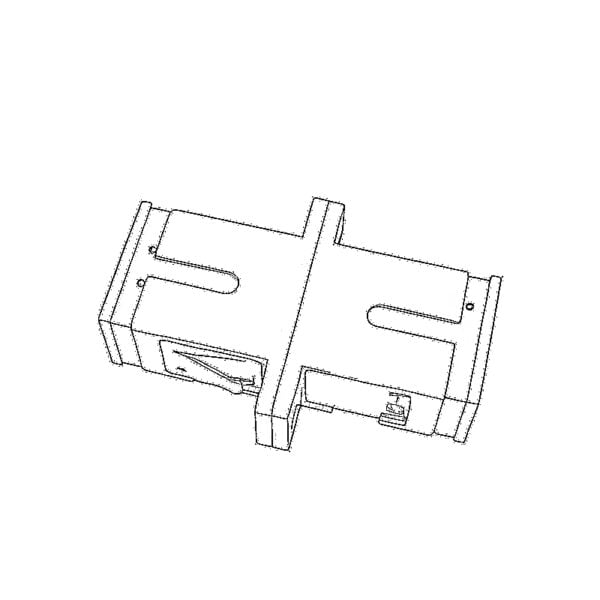 Conectores de flange de fibra
Conectores de flange de fibra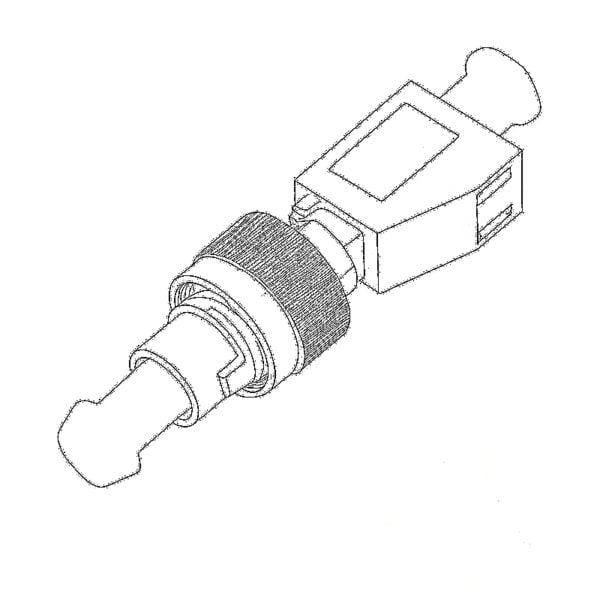 Adaptadores ópticos
Adaptadores ópticos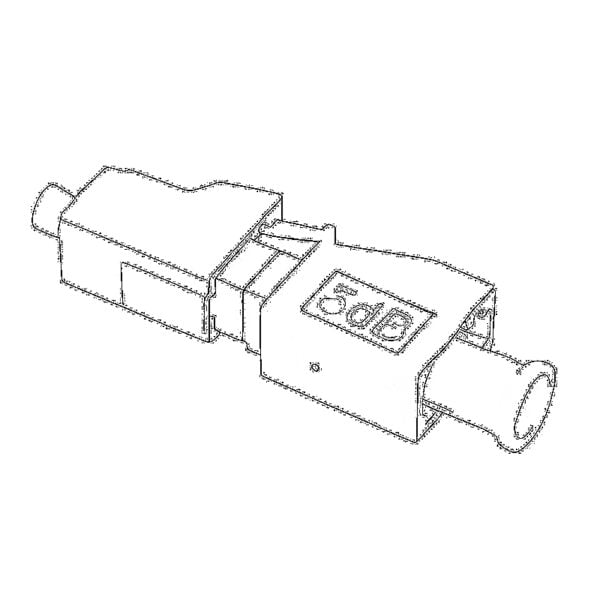 Atenuador óptico
Atenuador óptico Conector rápido e painel de conectores
Conector rápido e painel de conectores Amplificador CATV
Amplificador CATV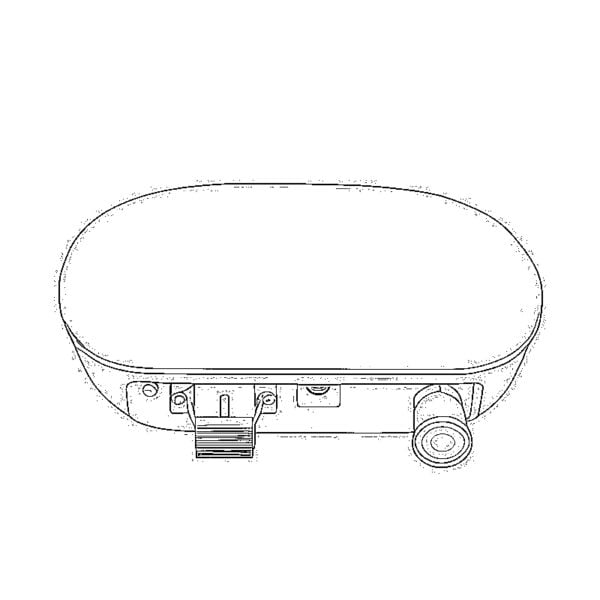 Receptor óptico CATV
Receptor óptico CATV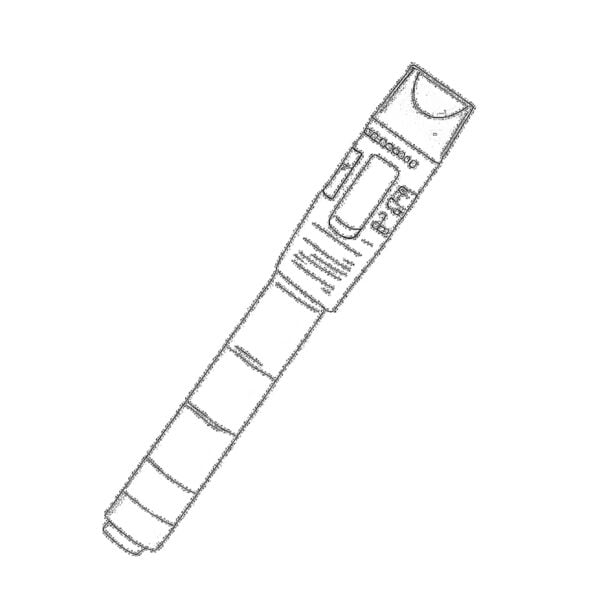 Localizador visual de falhas
Localizador visual de falhas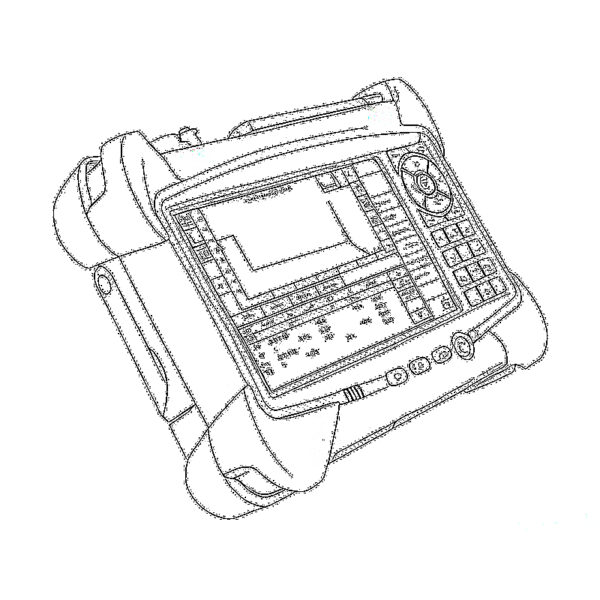 OTDR
OTDR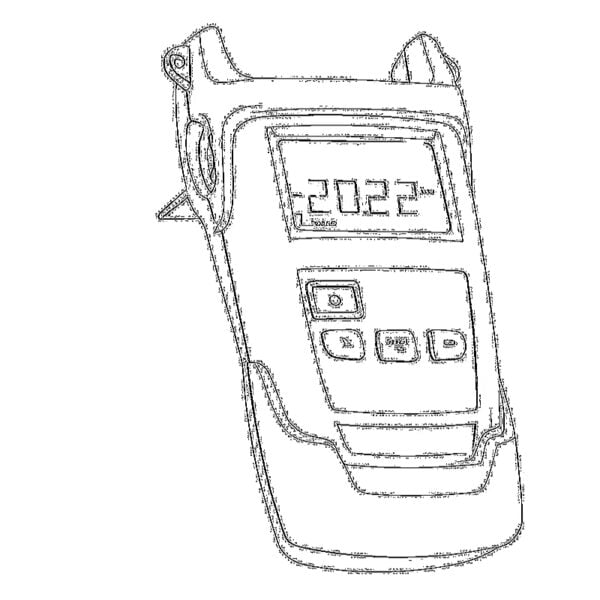 Medidor de potência óptica
Medidor de potência óptica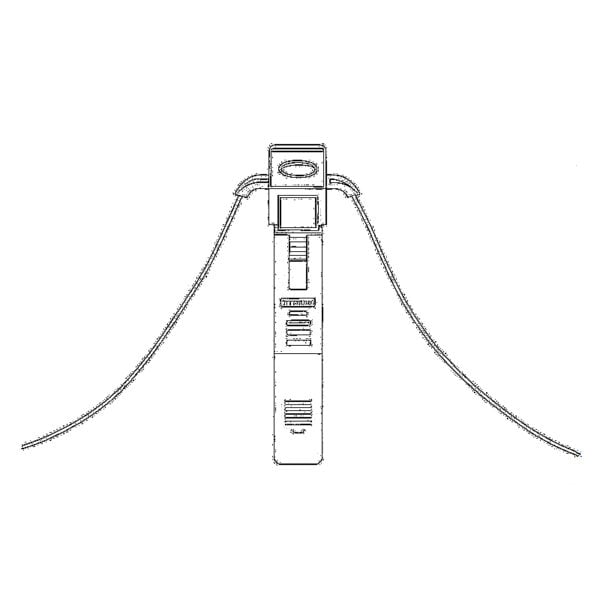 Identificador de fibra óptica
Identificador de fibra óptica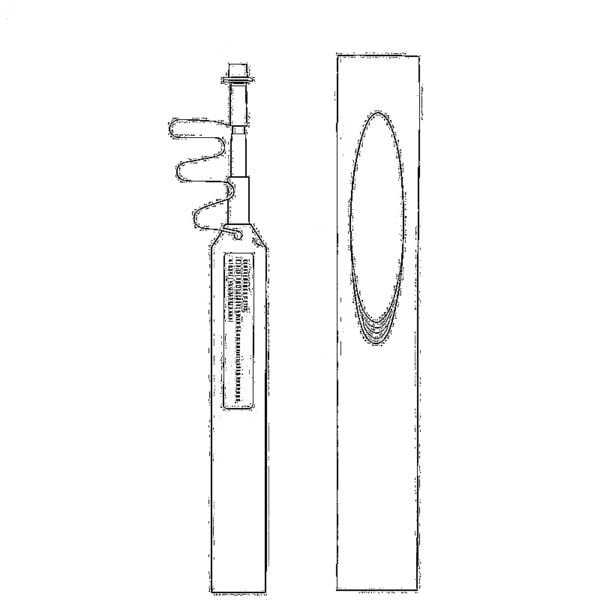 Limpadores de fibra óptica
Limpadores de fibra óptica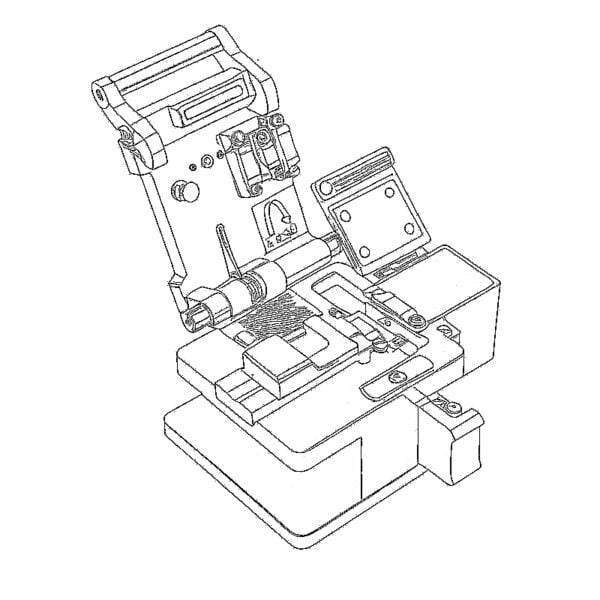 Cortadores de fibras e extratores de fibras
Cortadores de fibras e extratores de fibras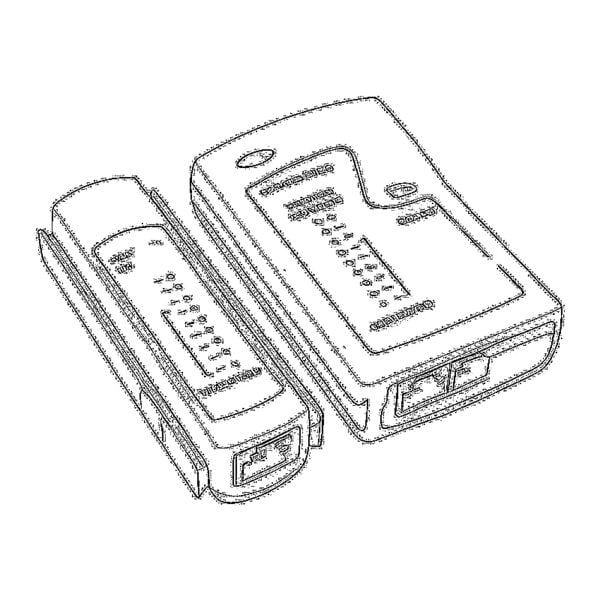 Ferramentas de cobre
Ferramentas de cobre